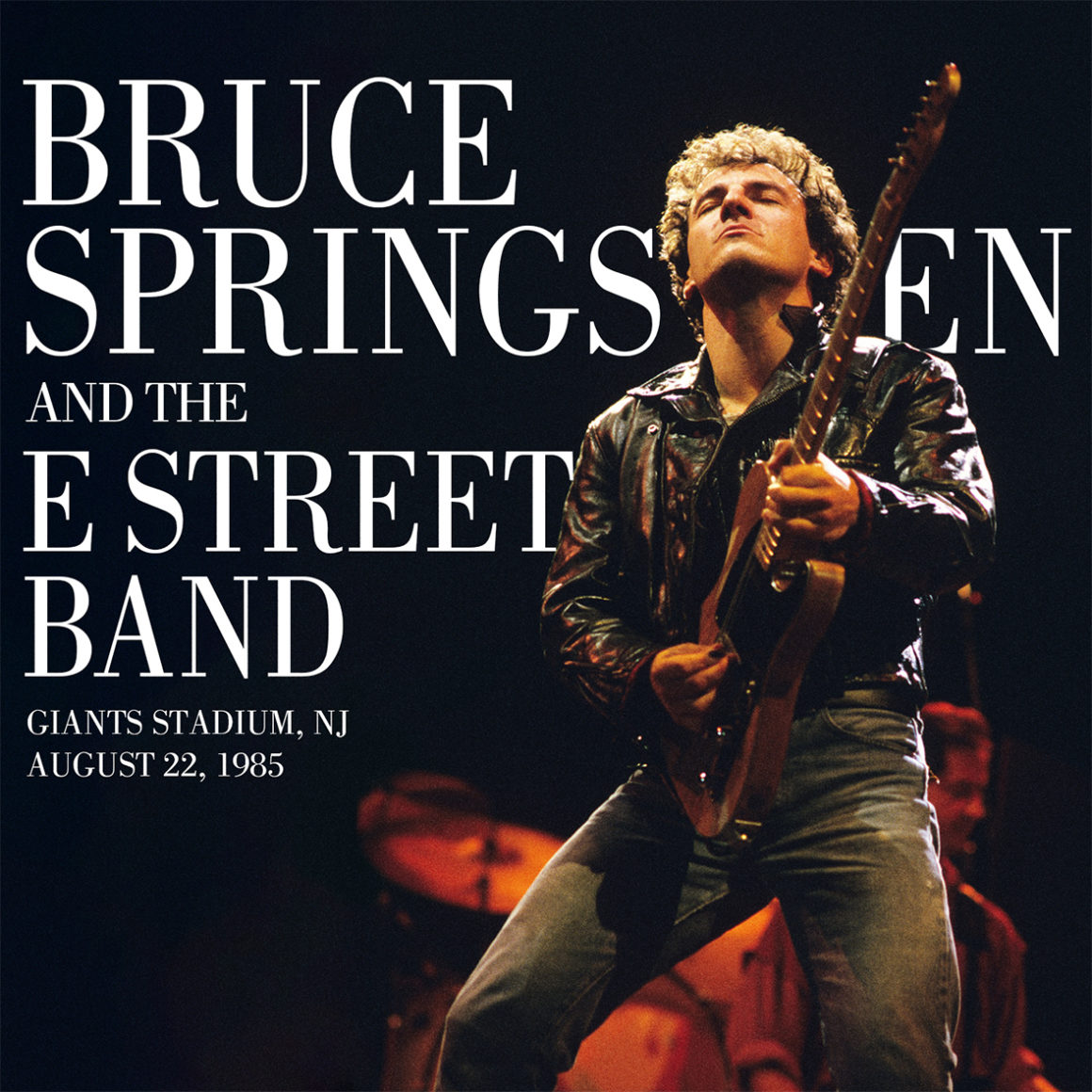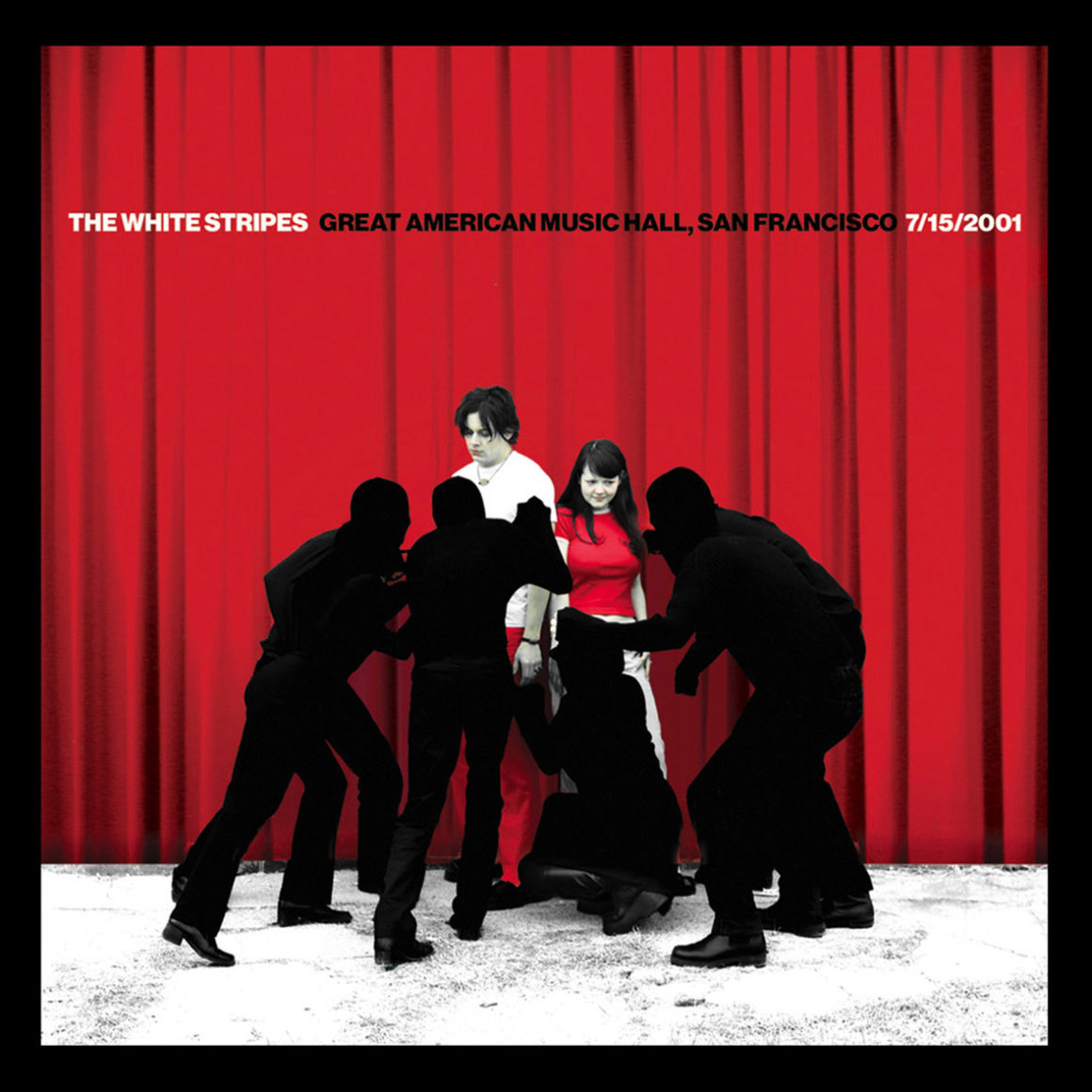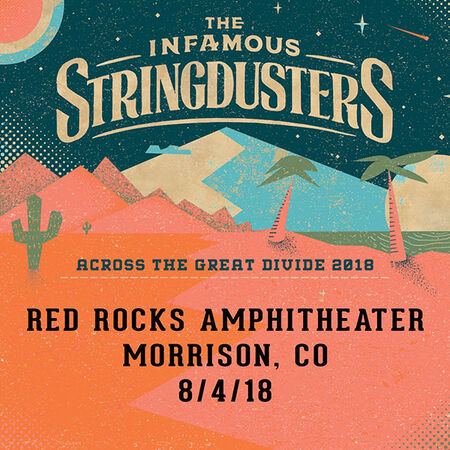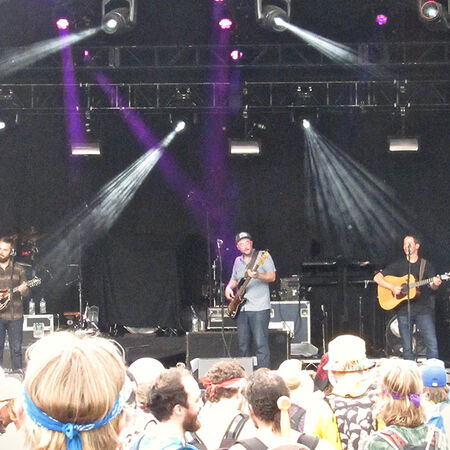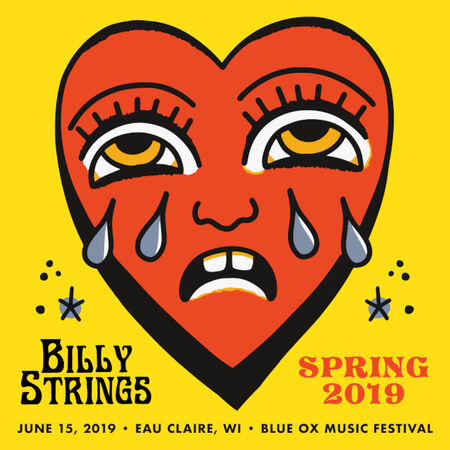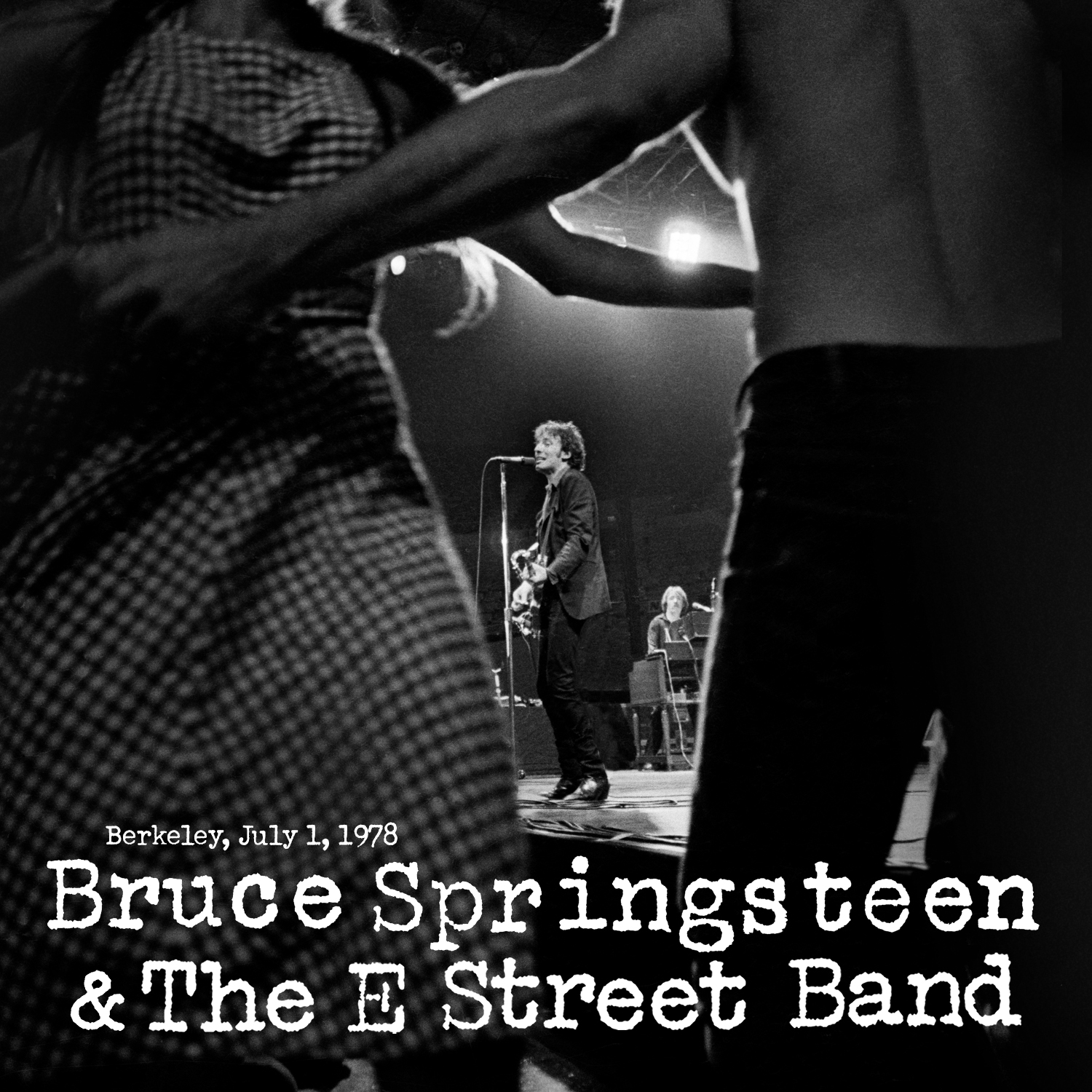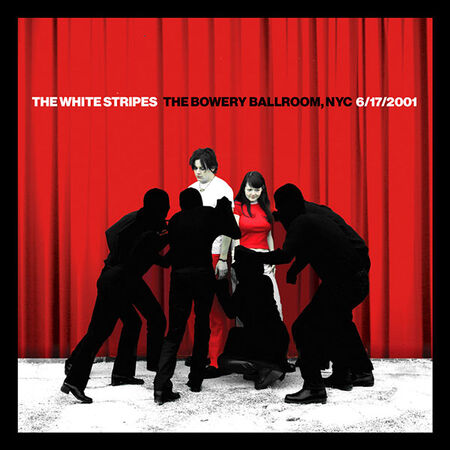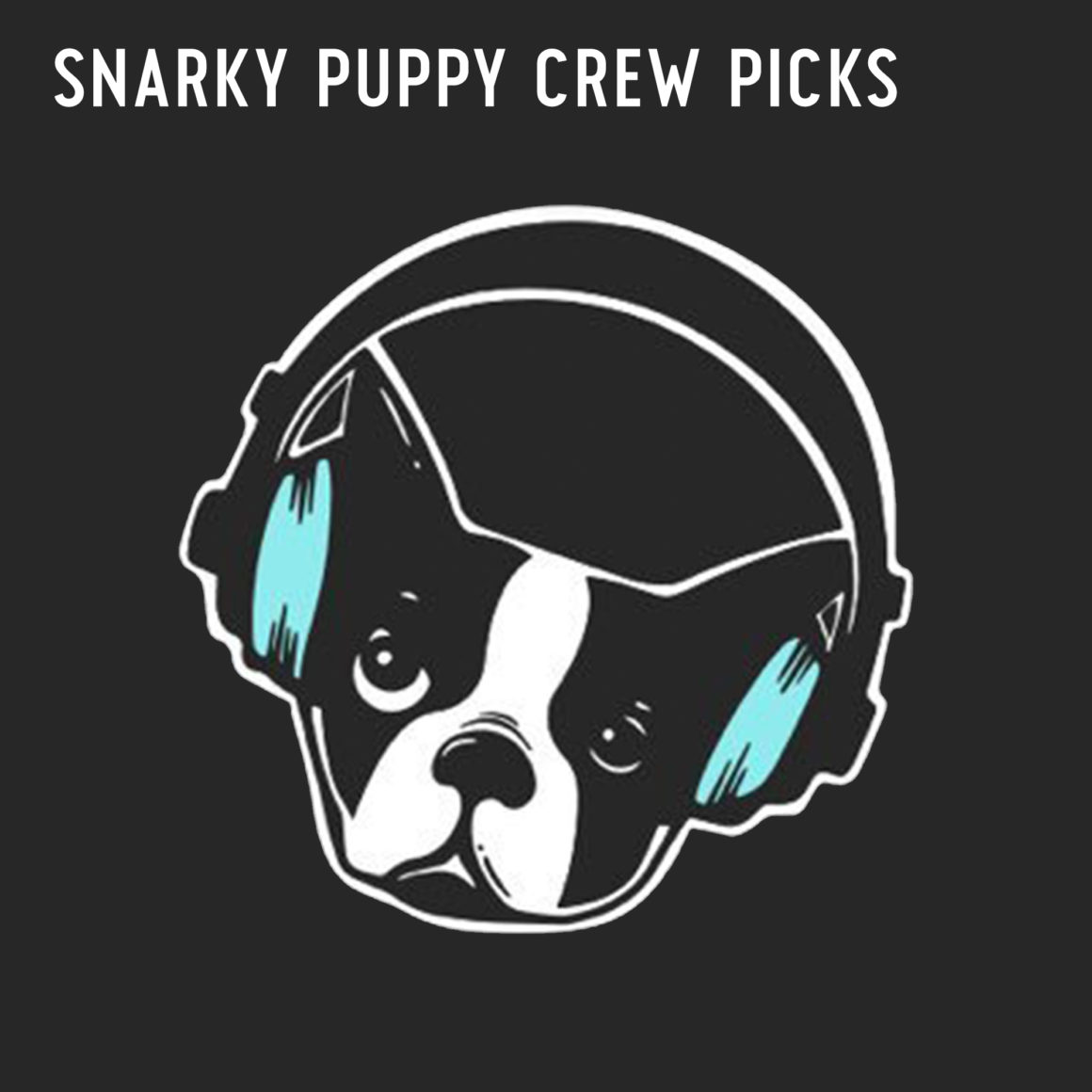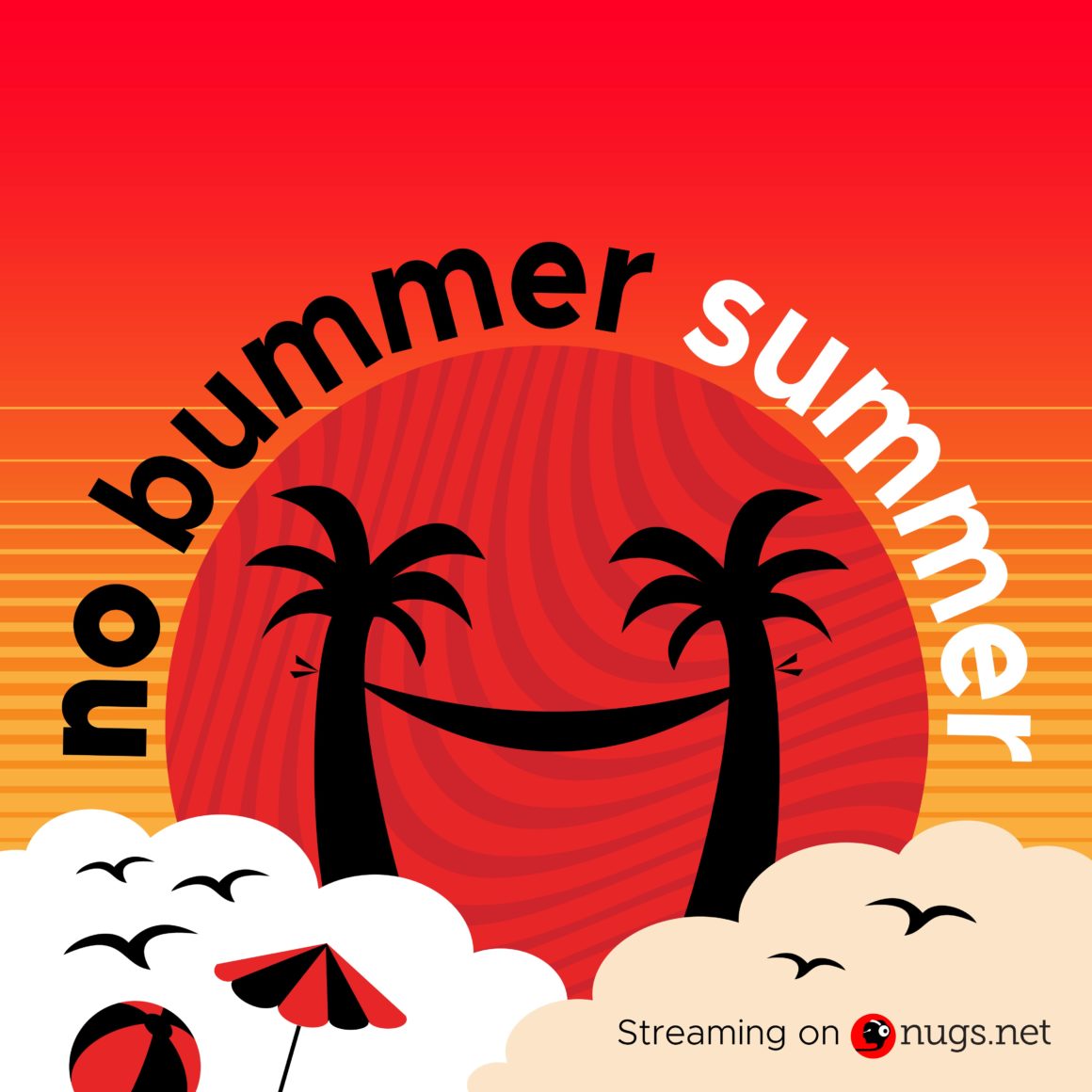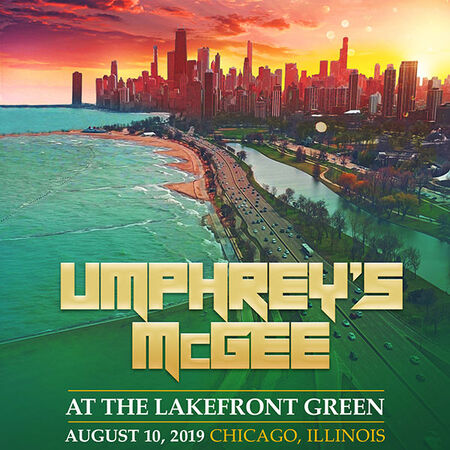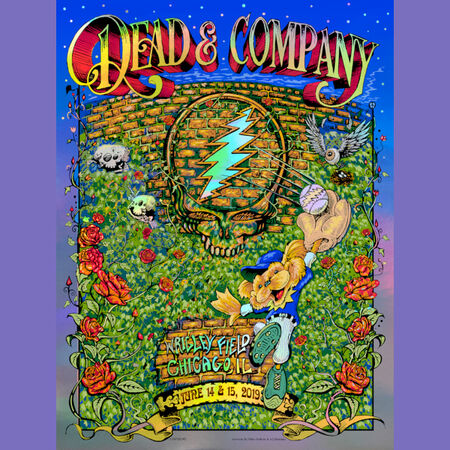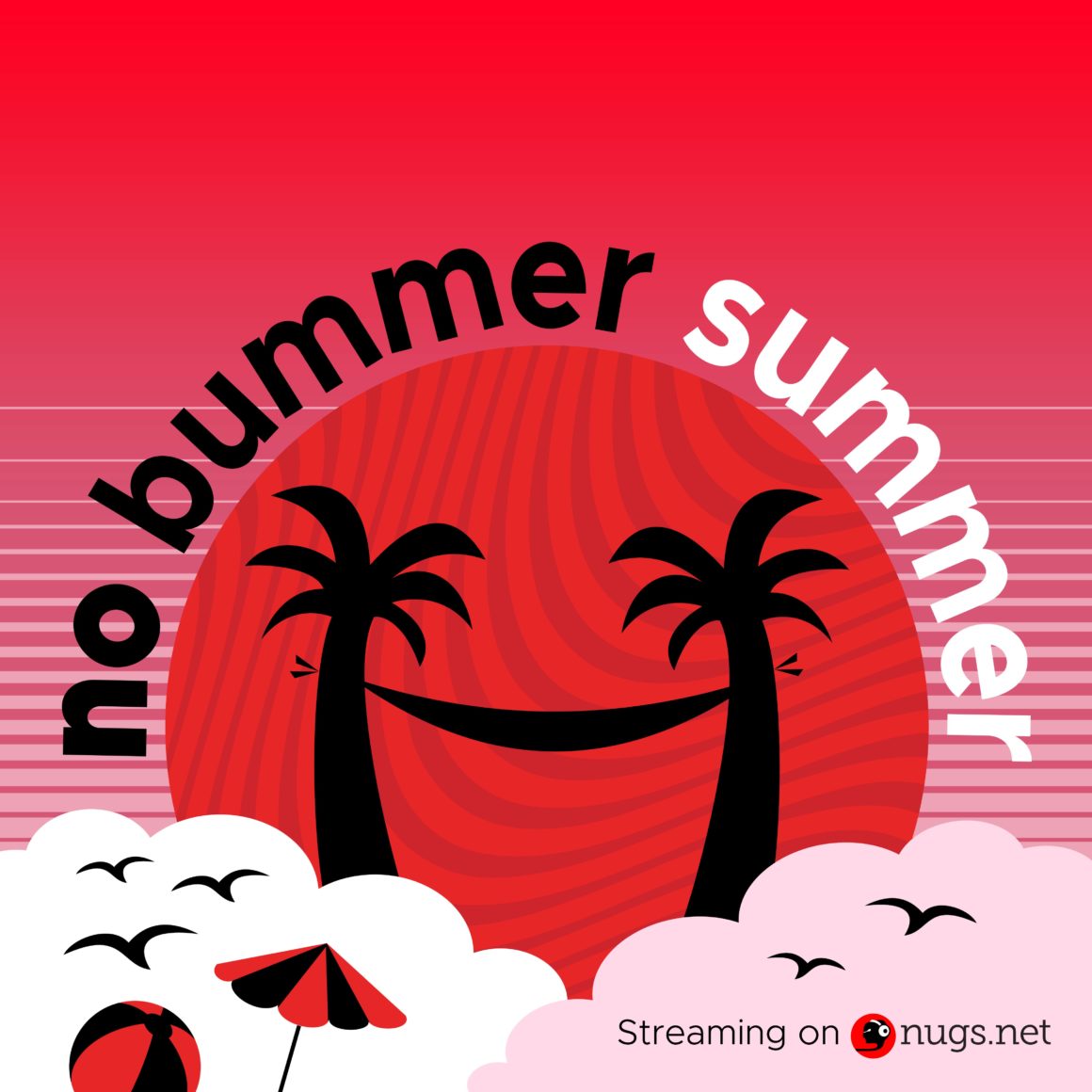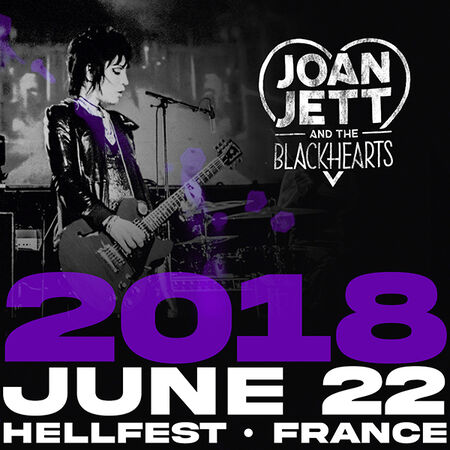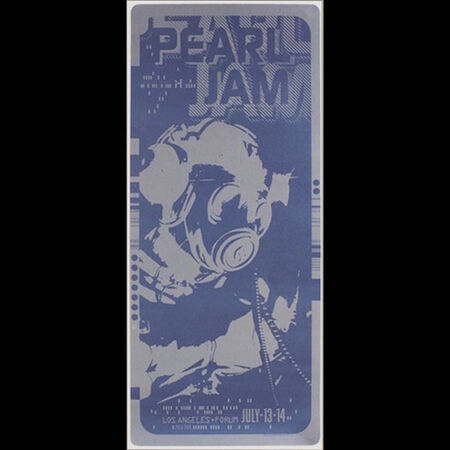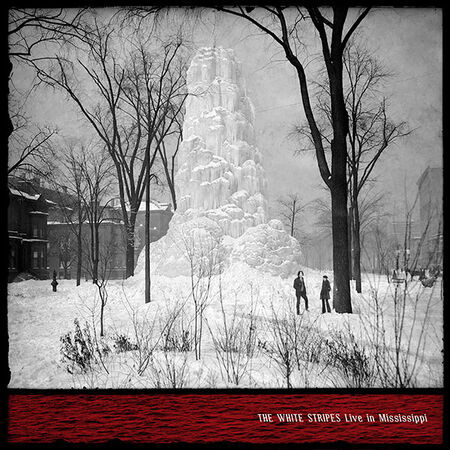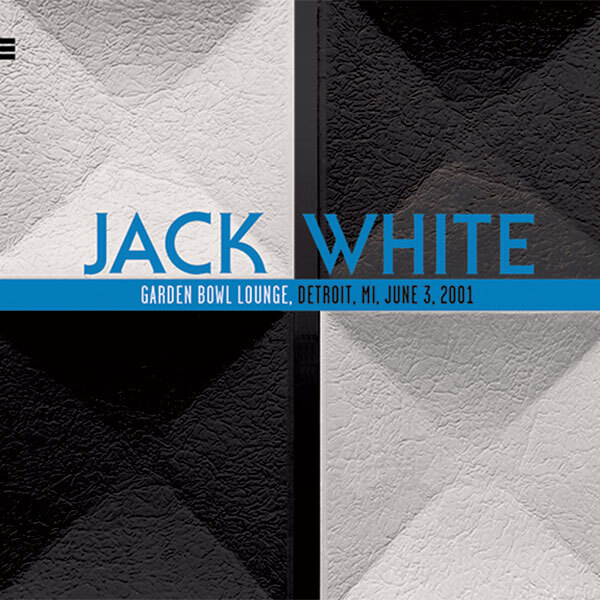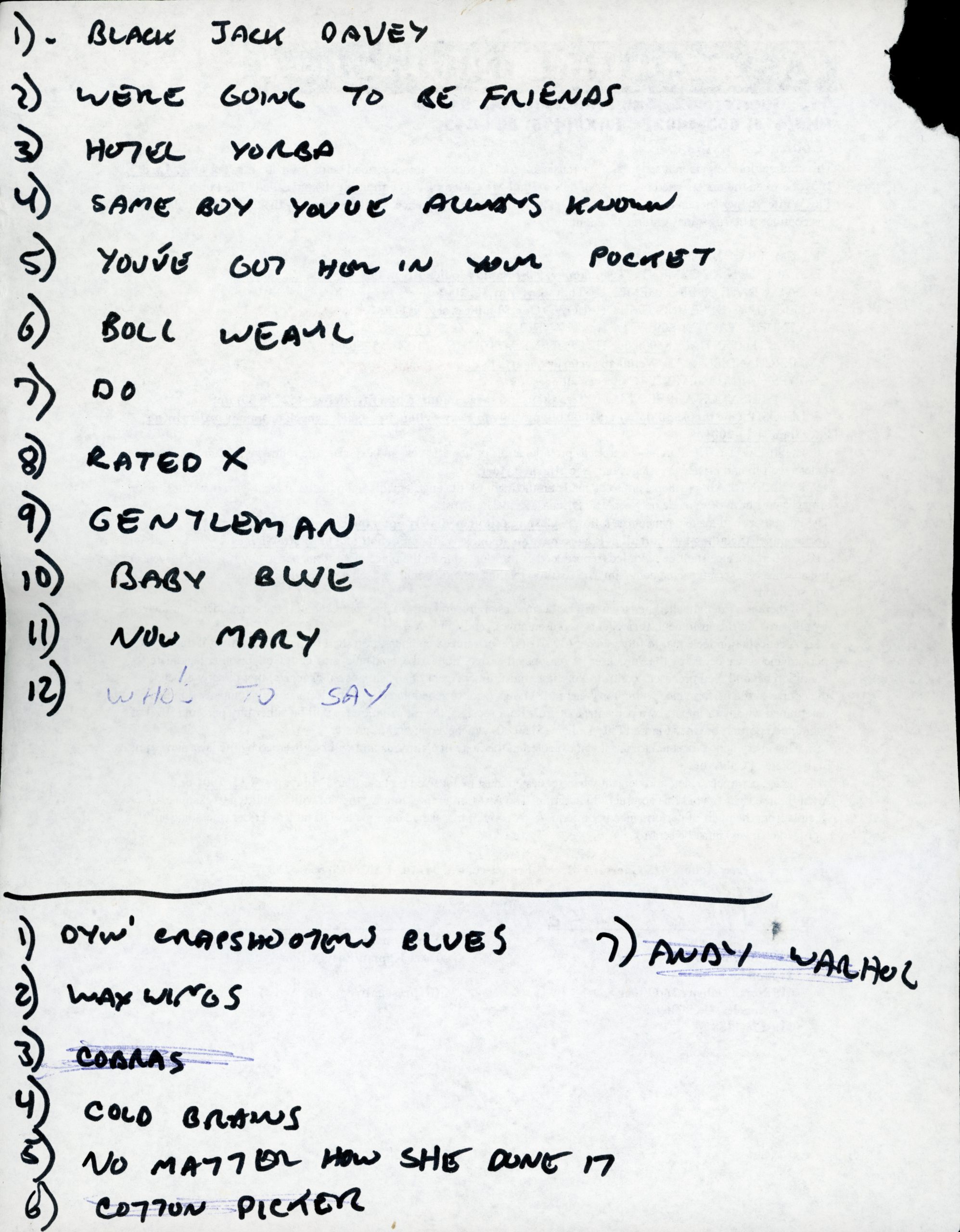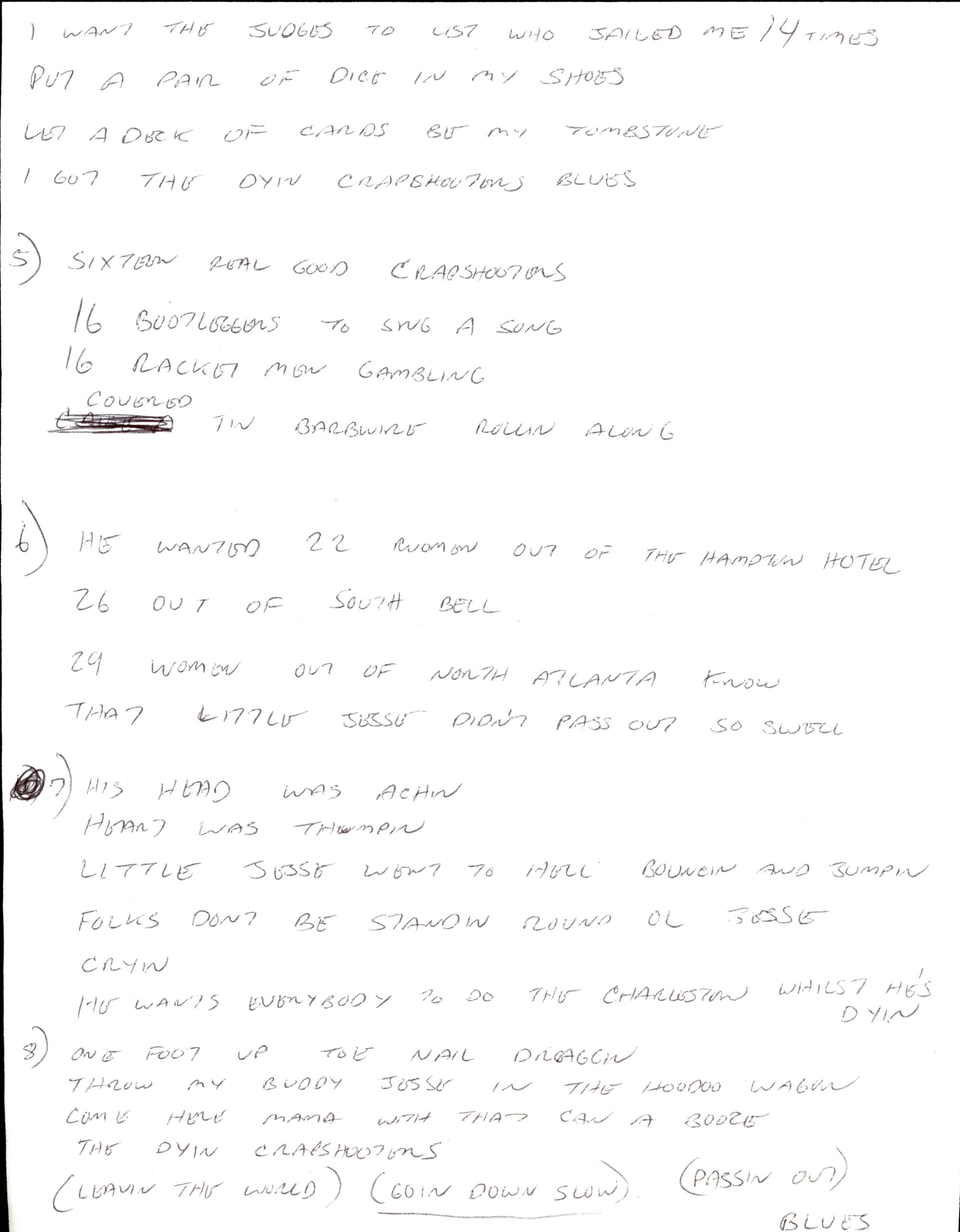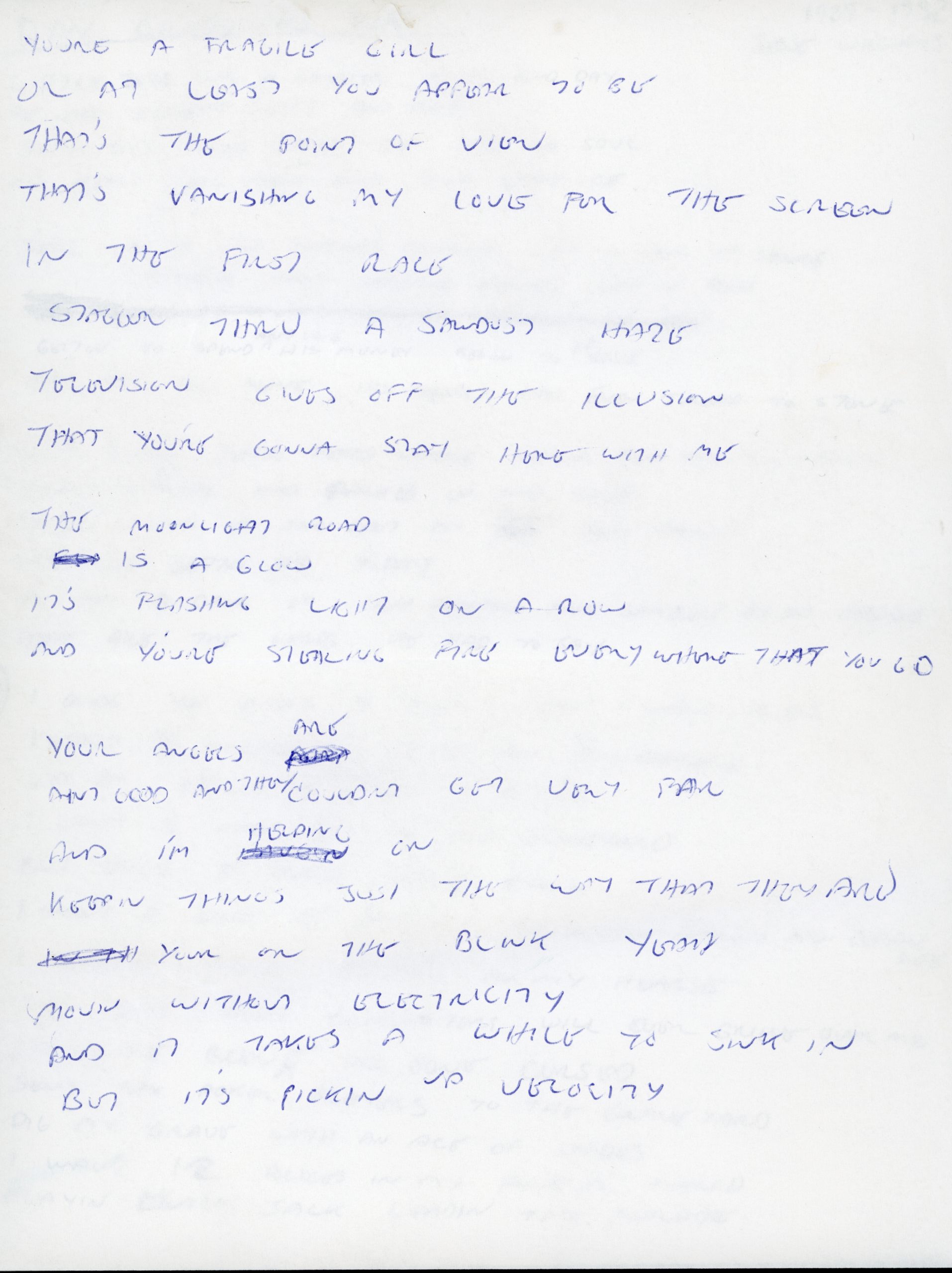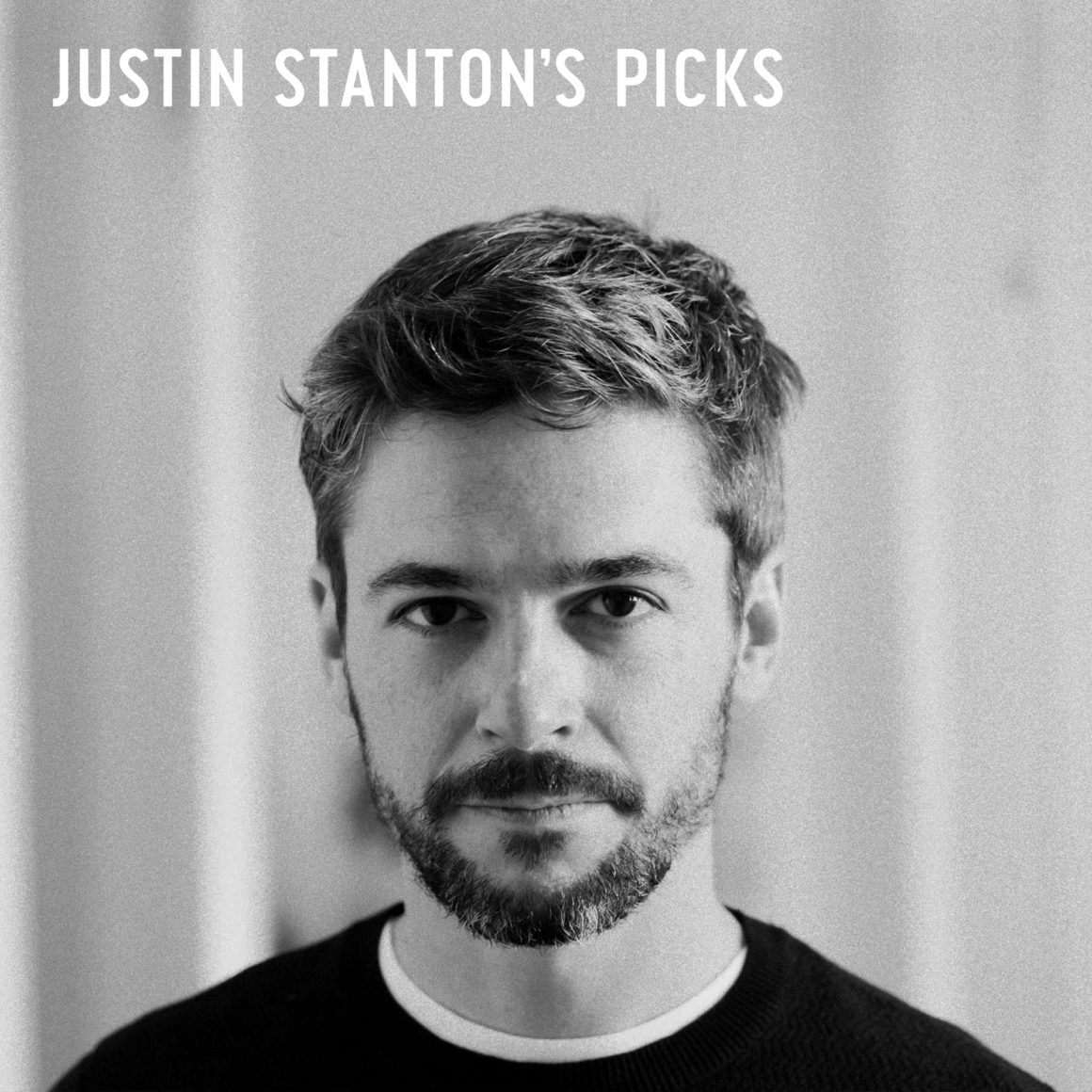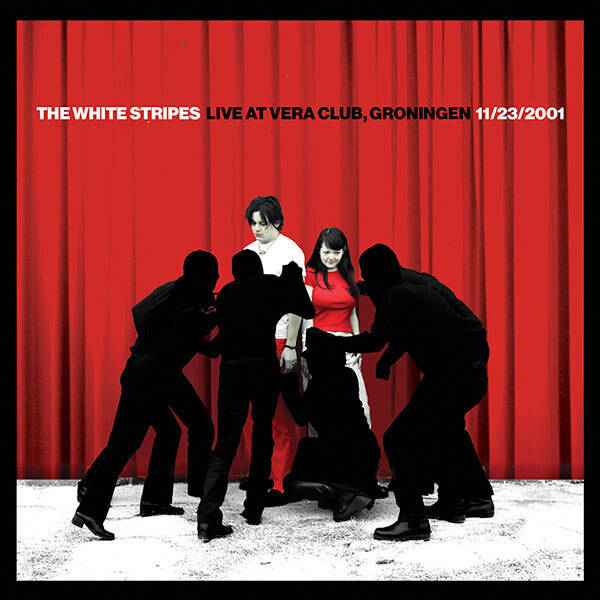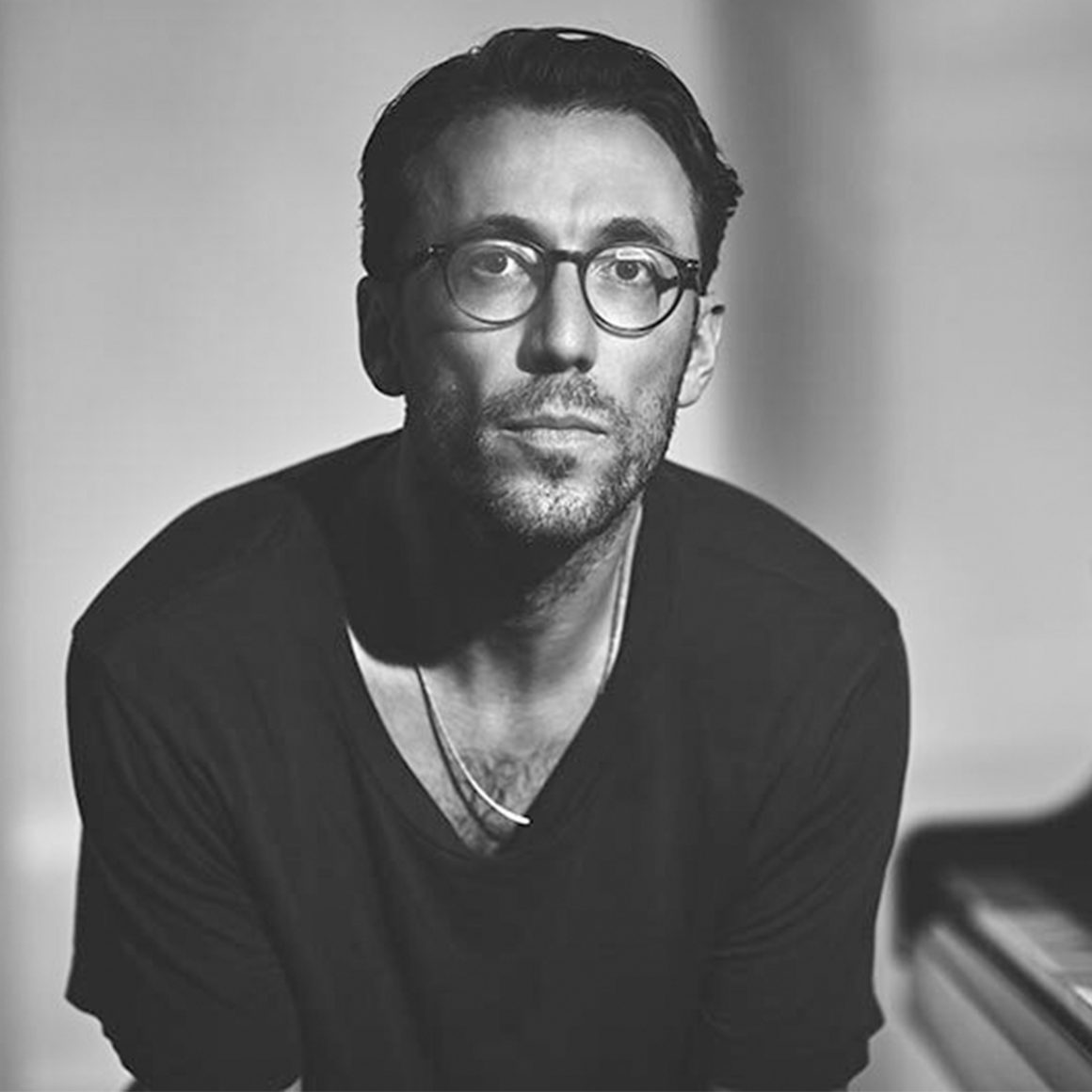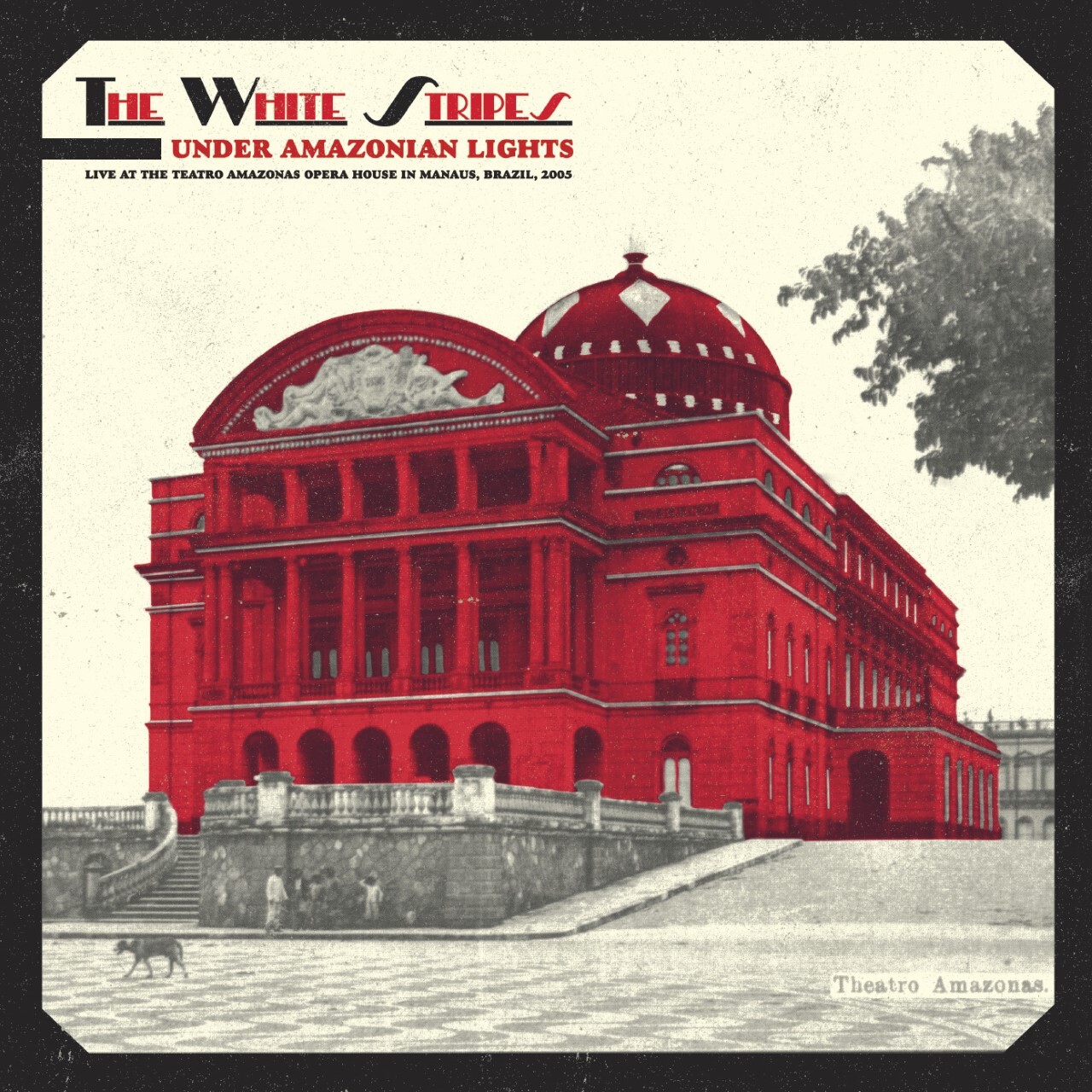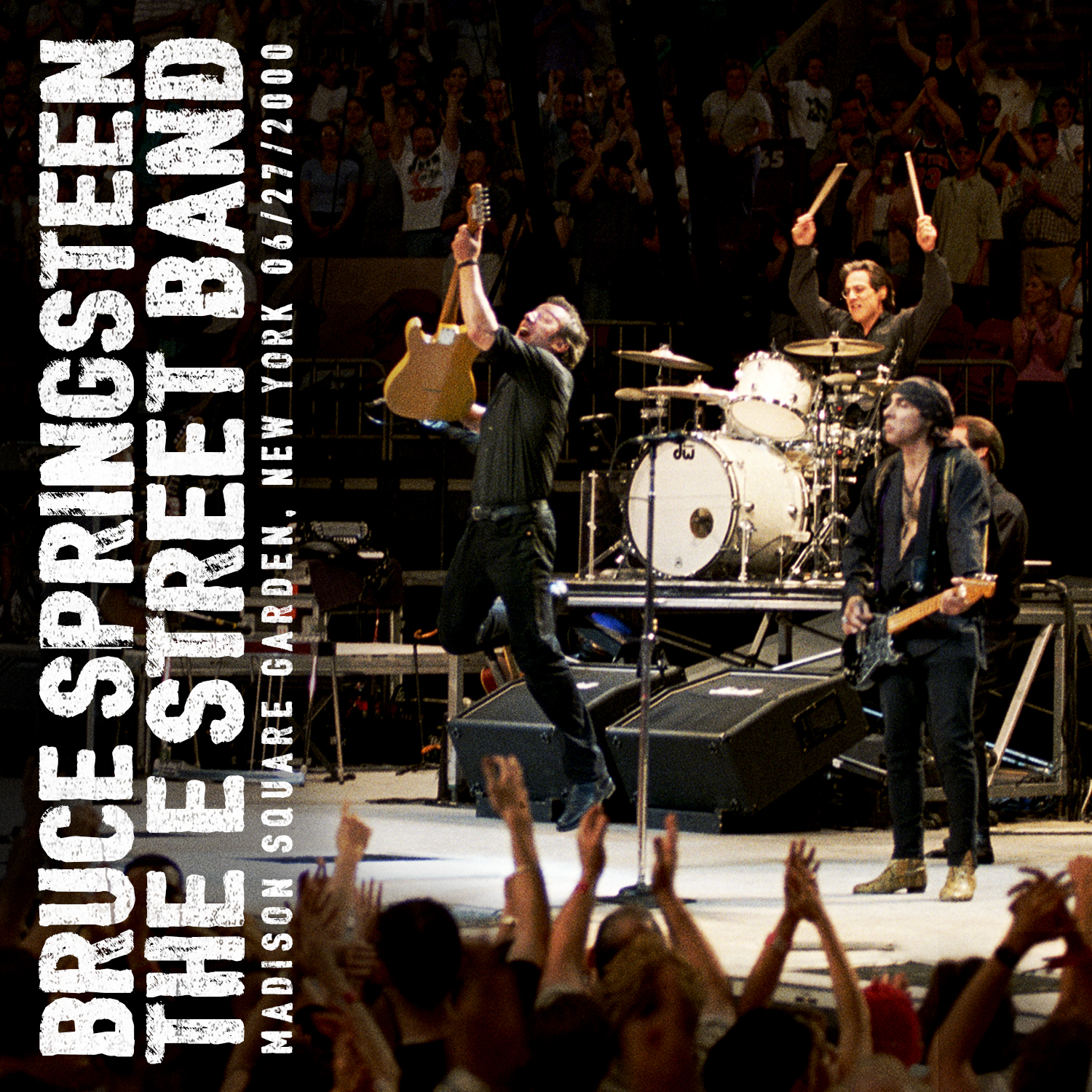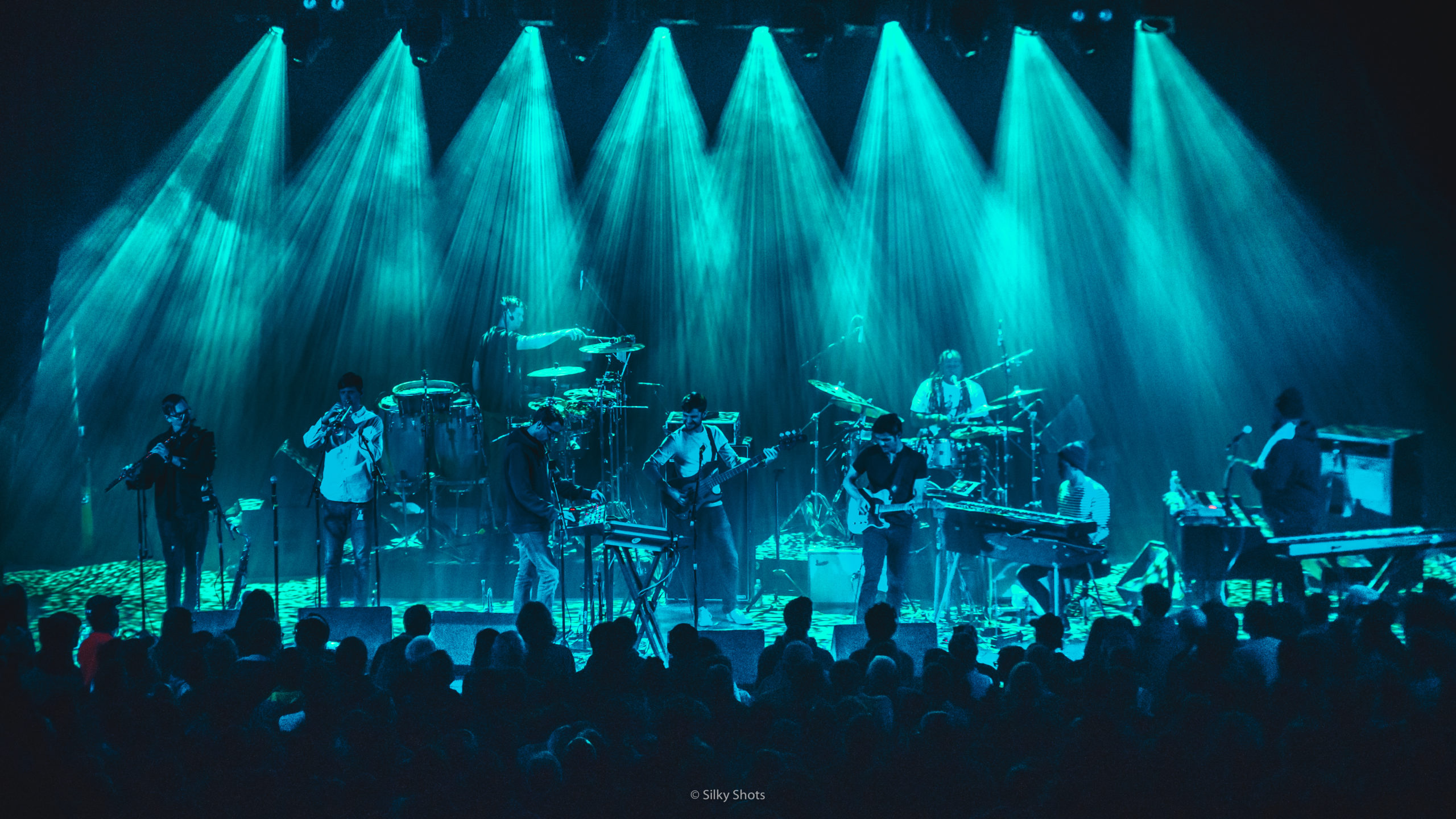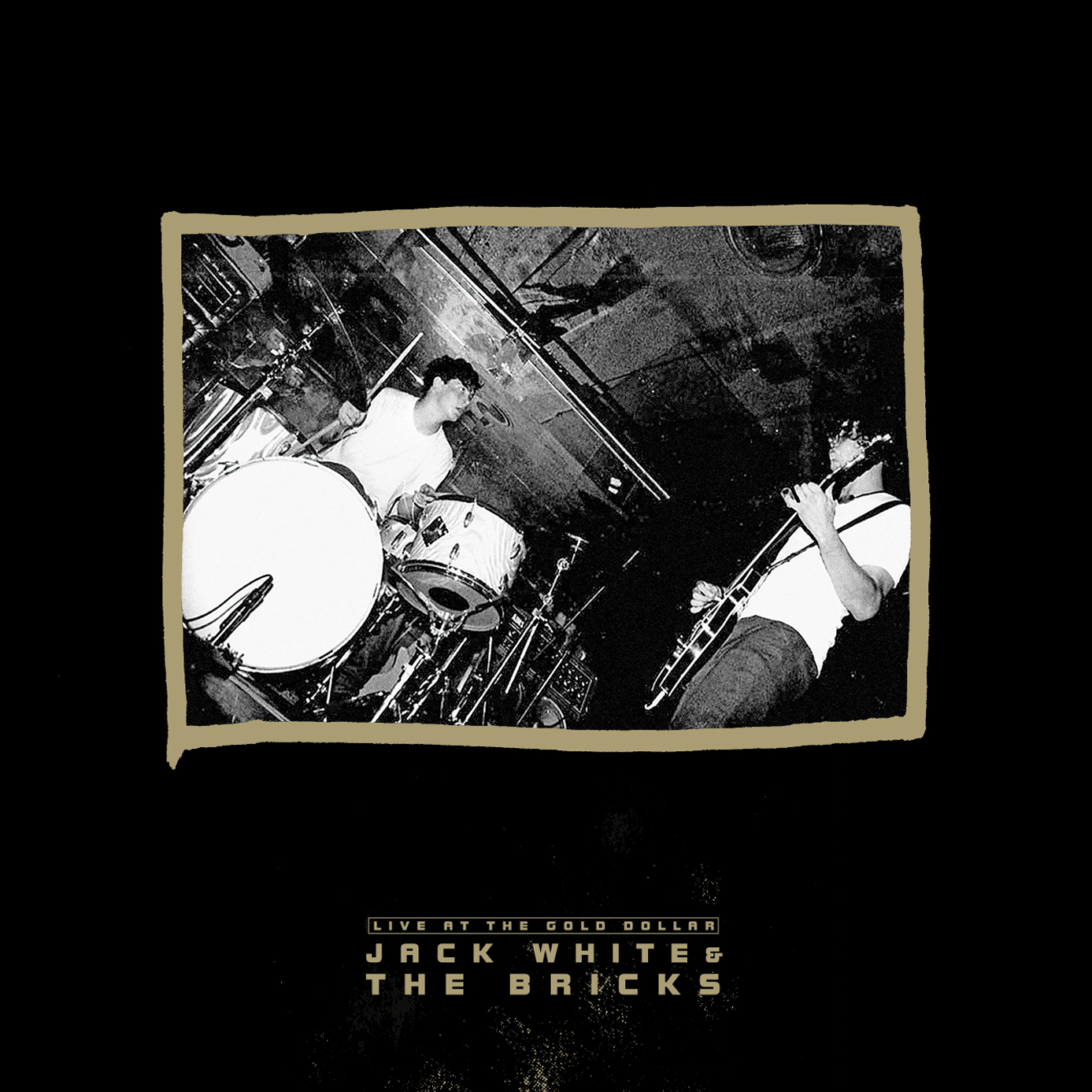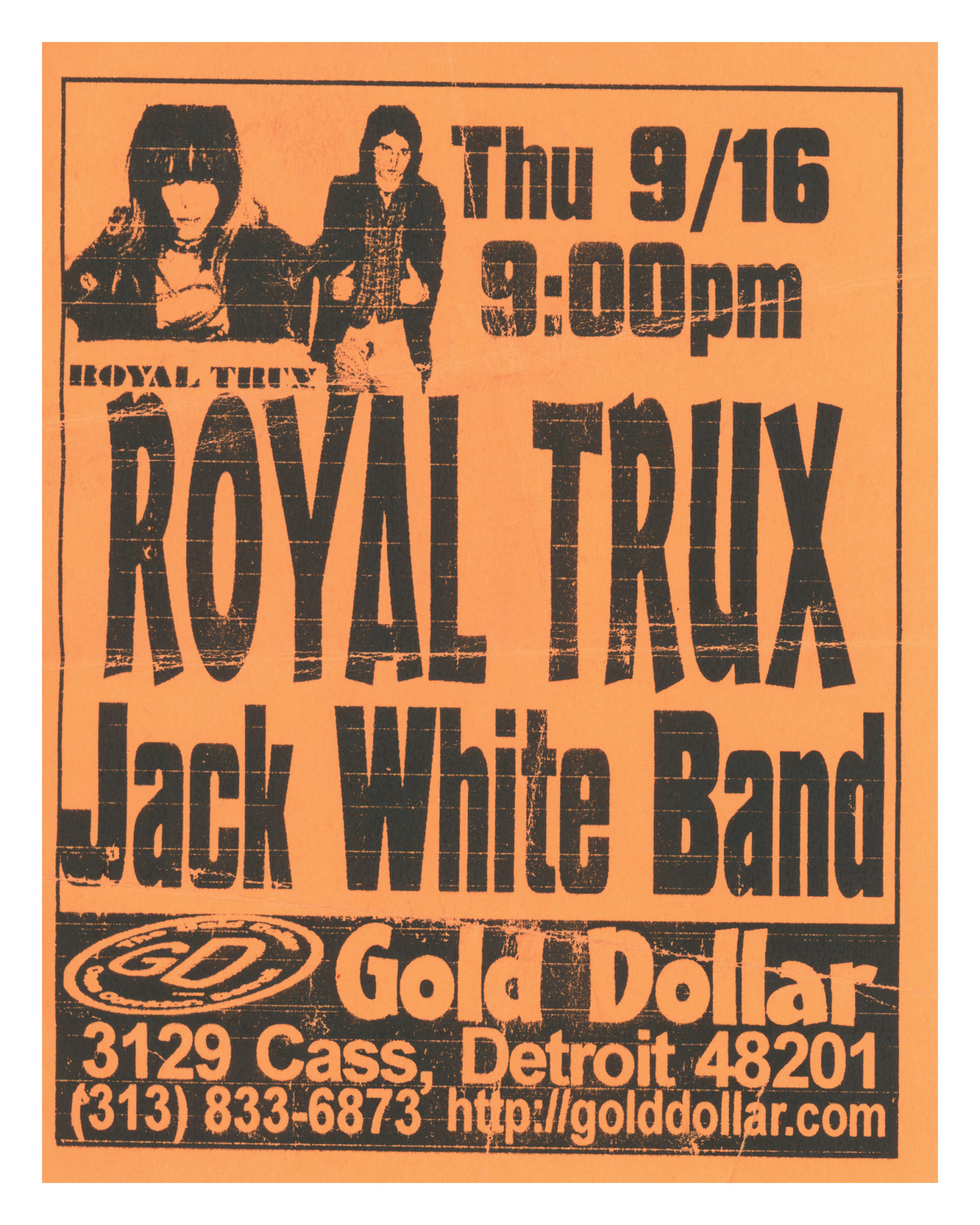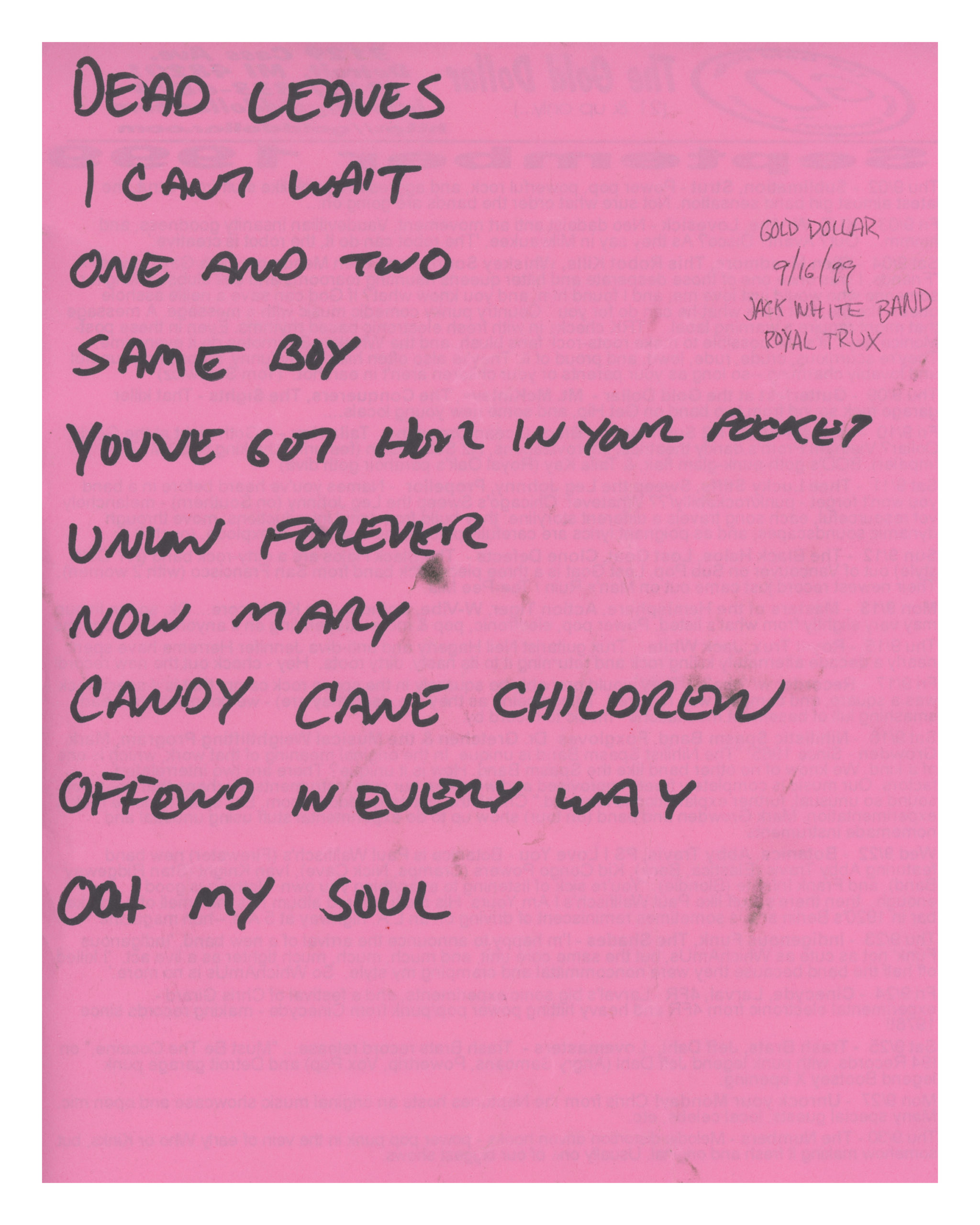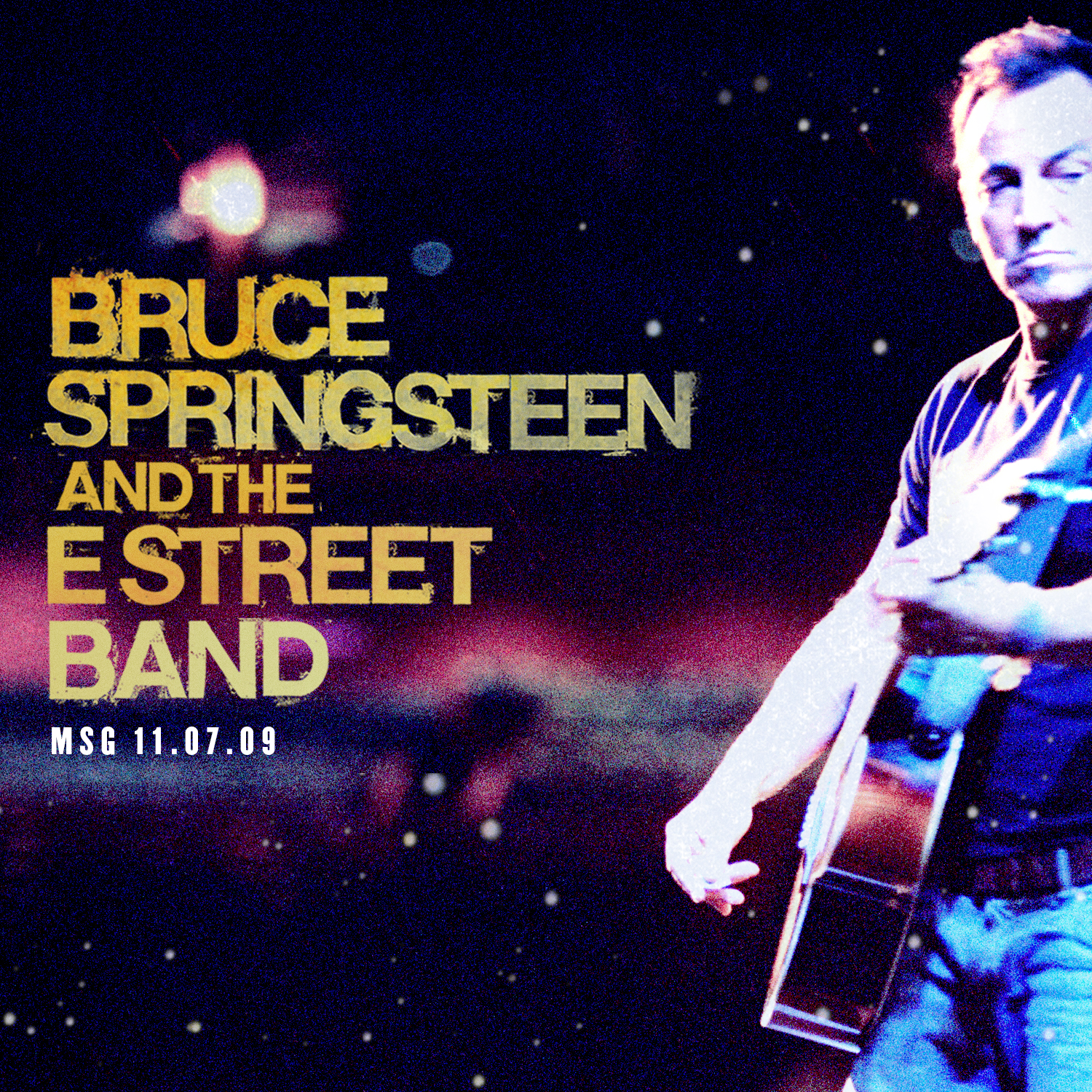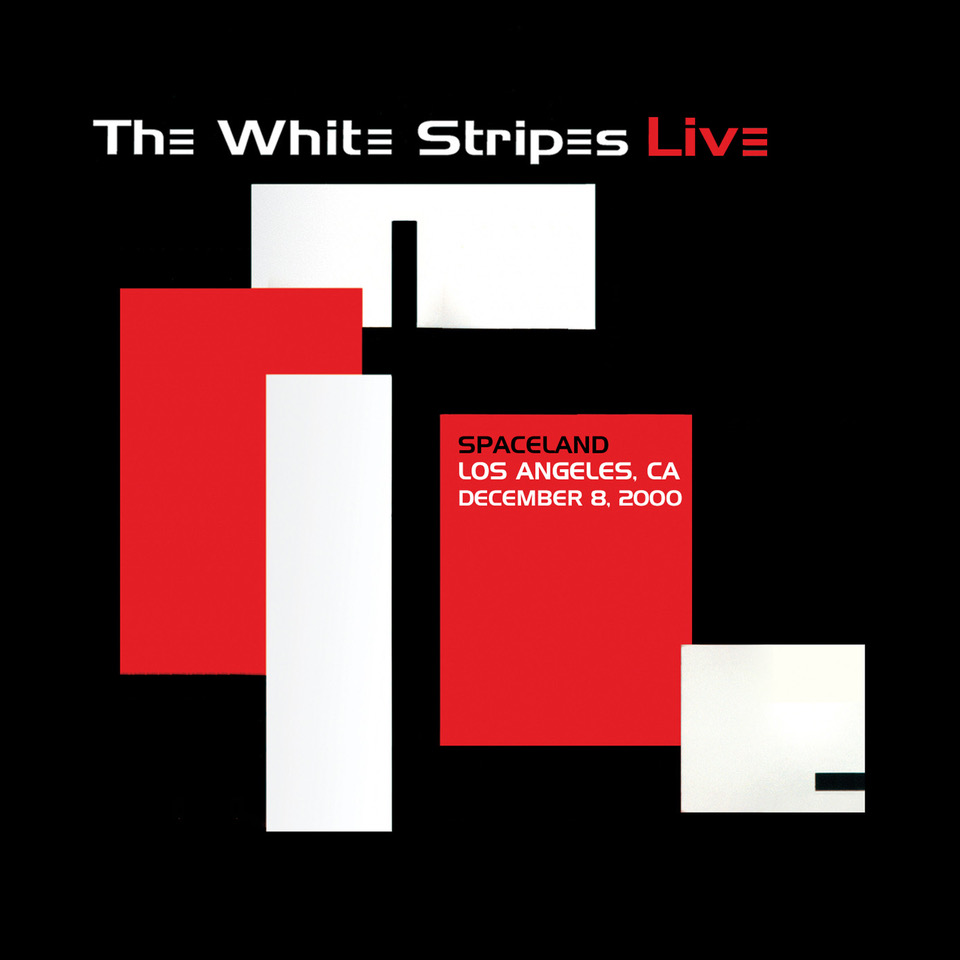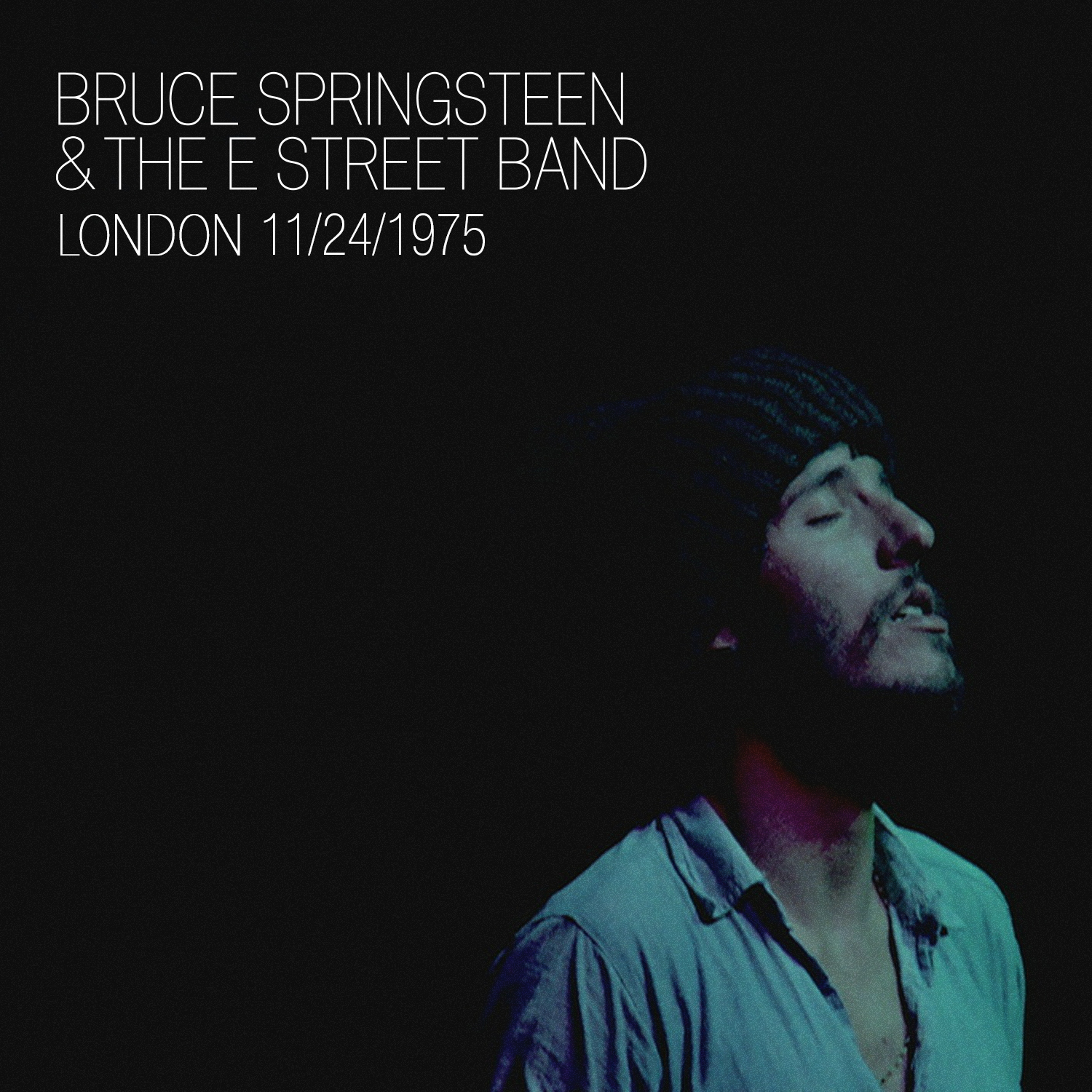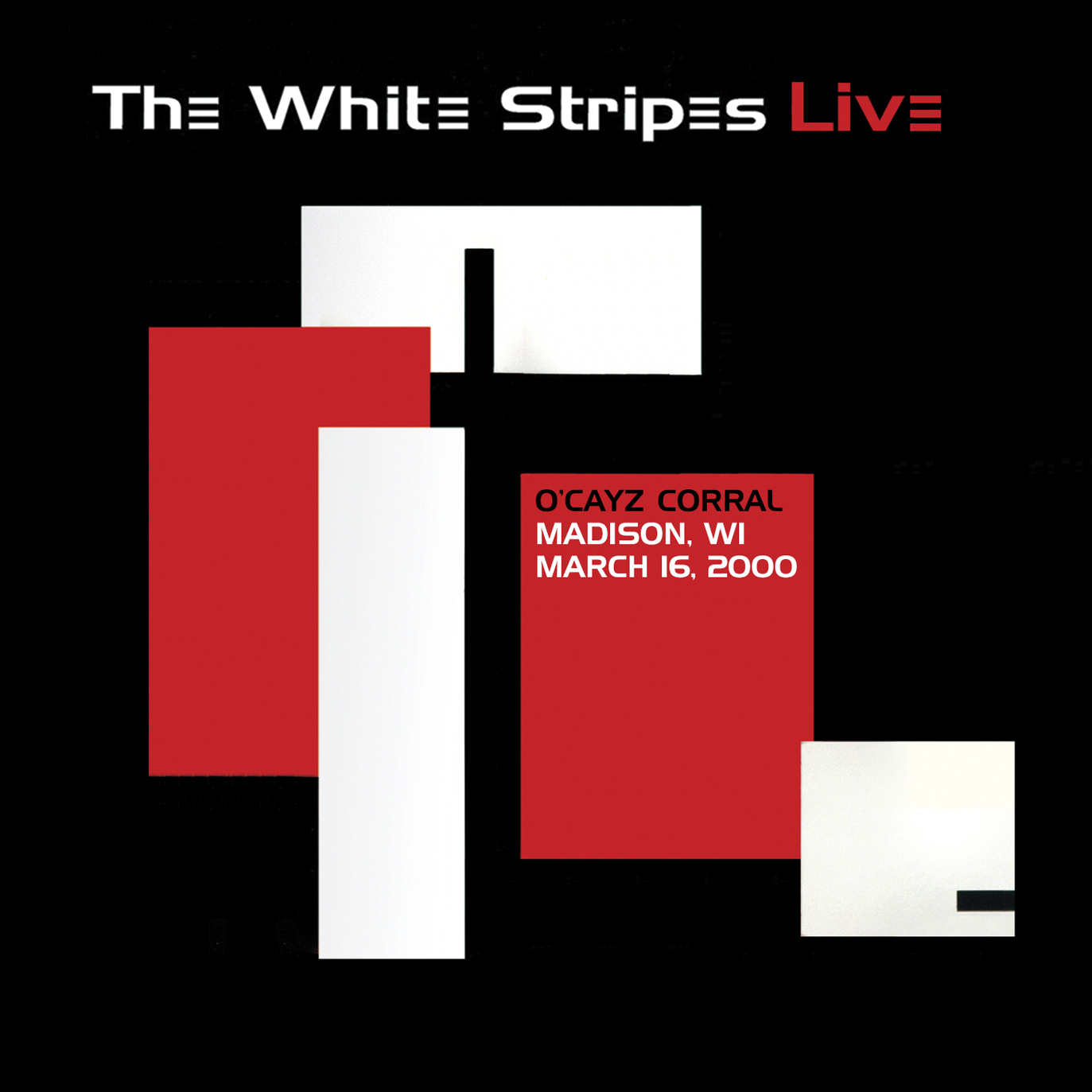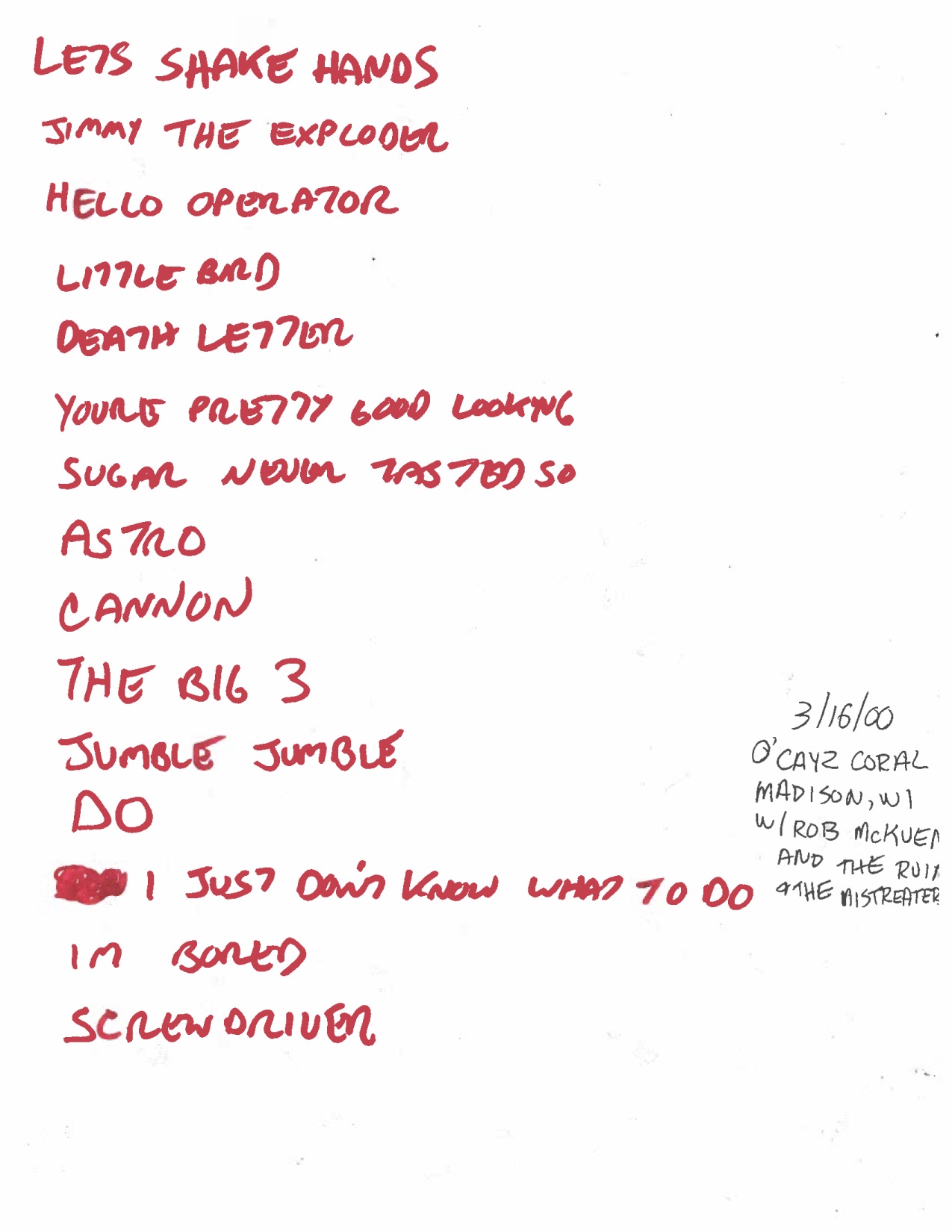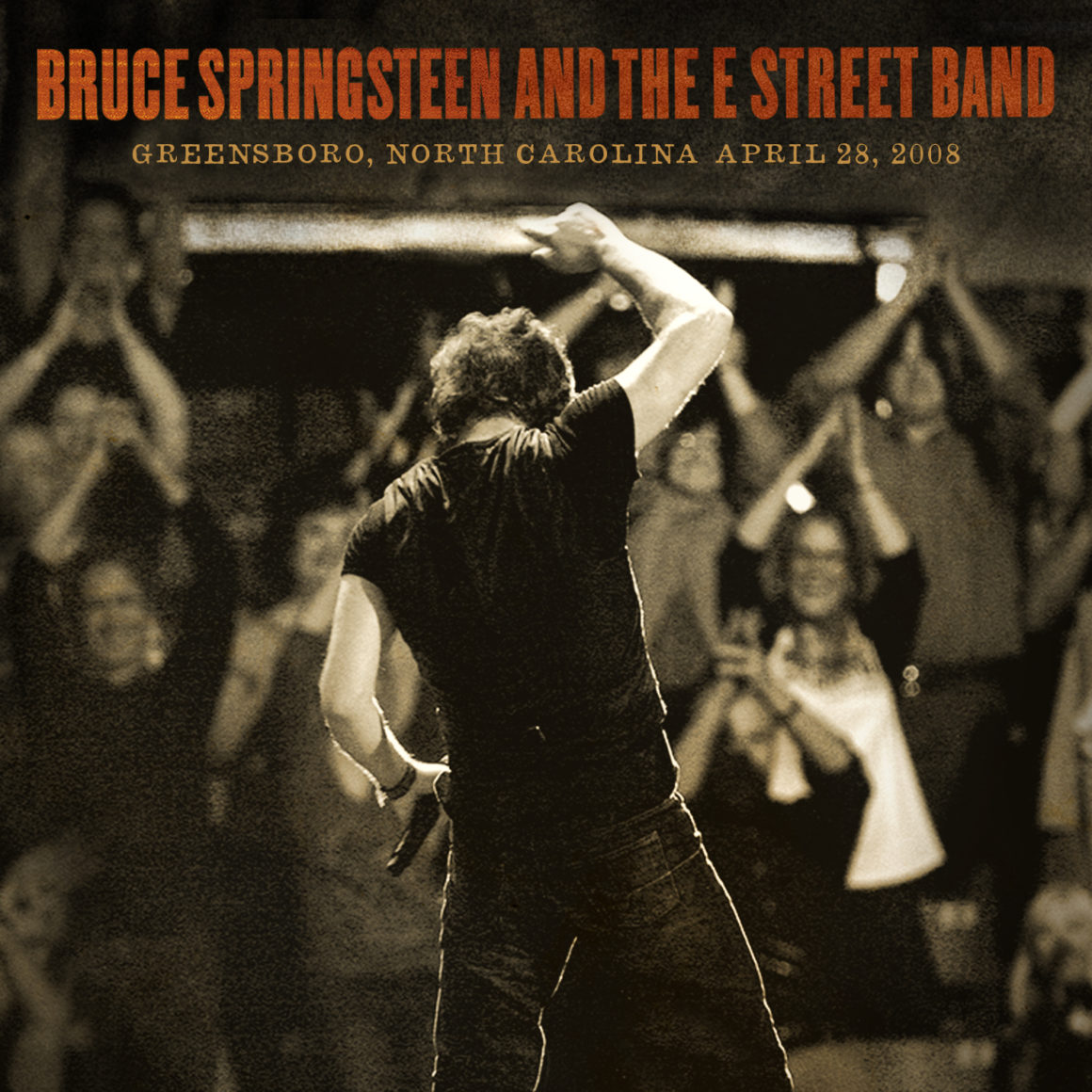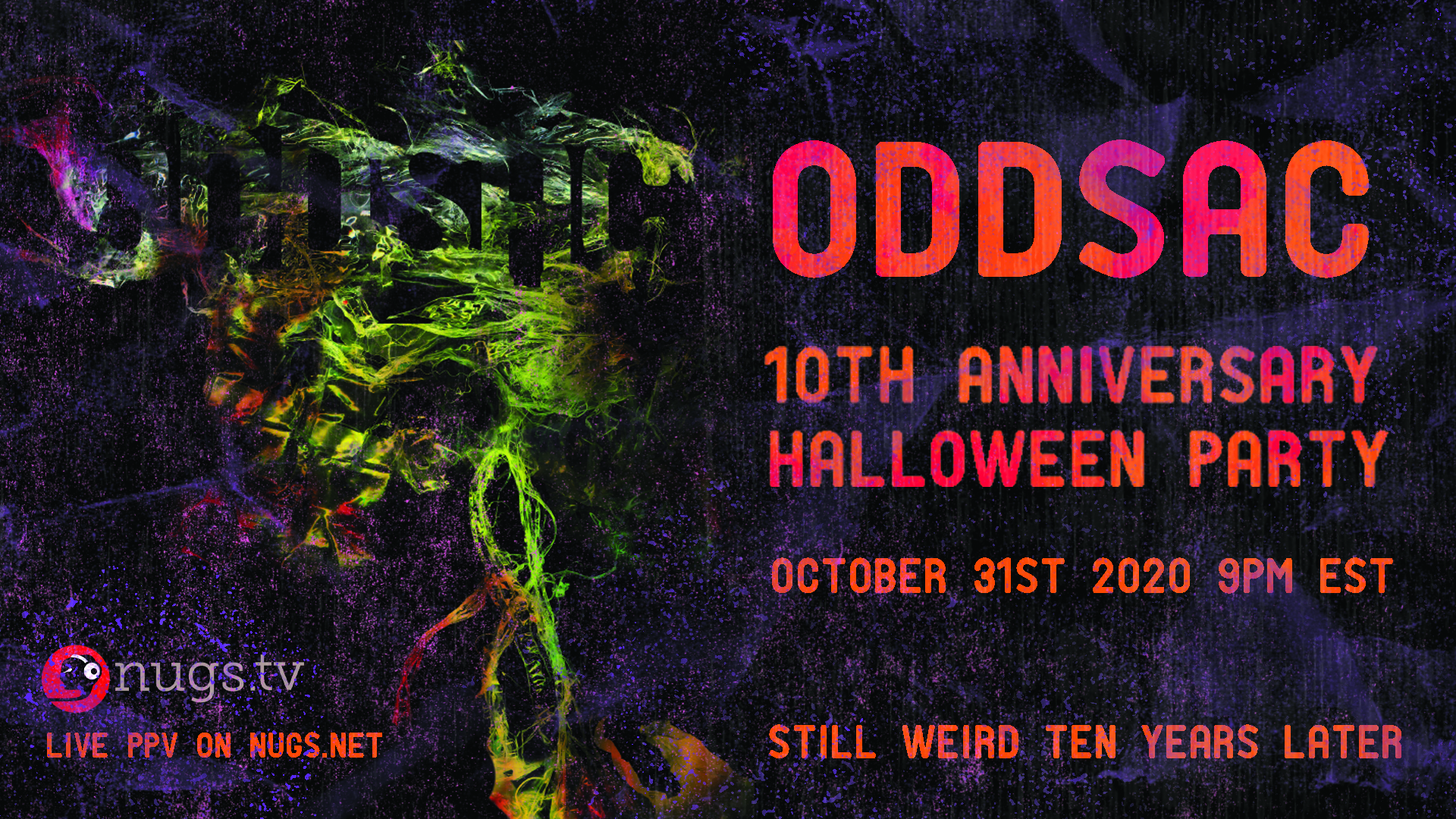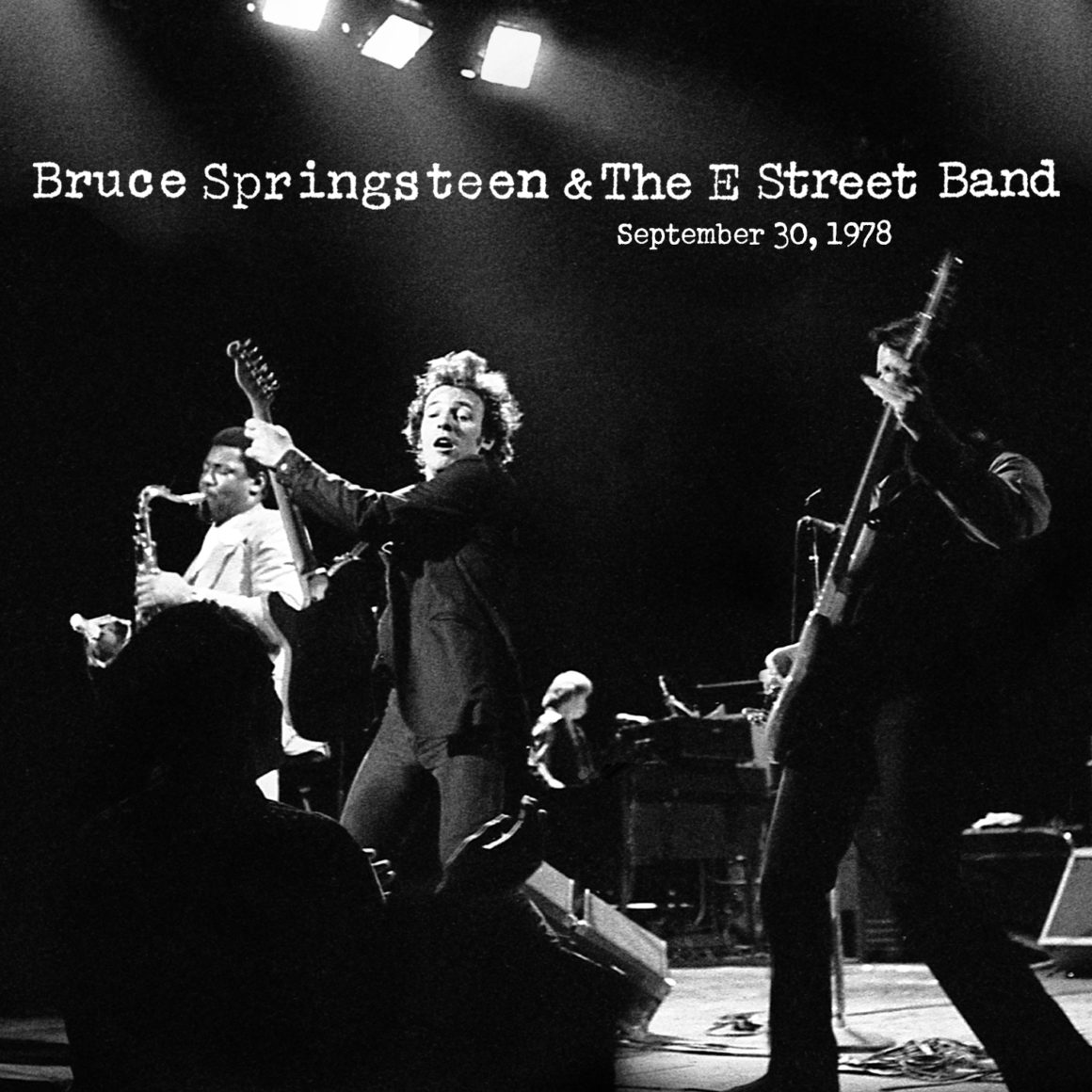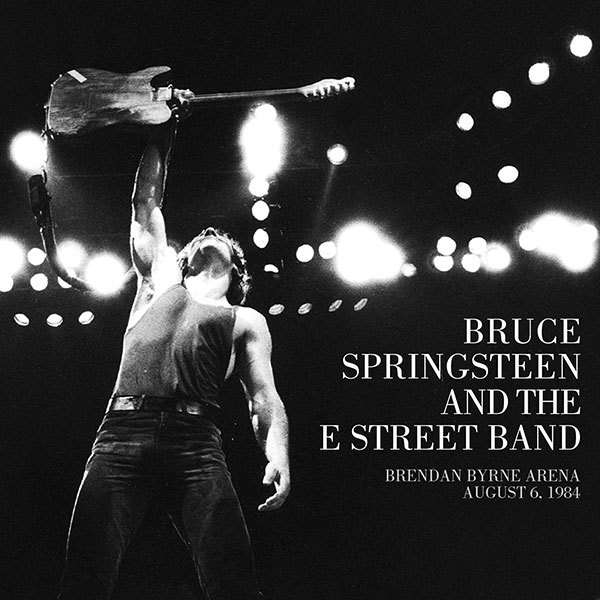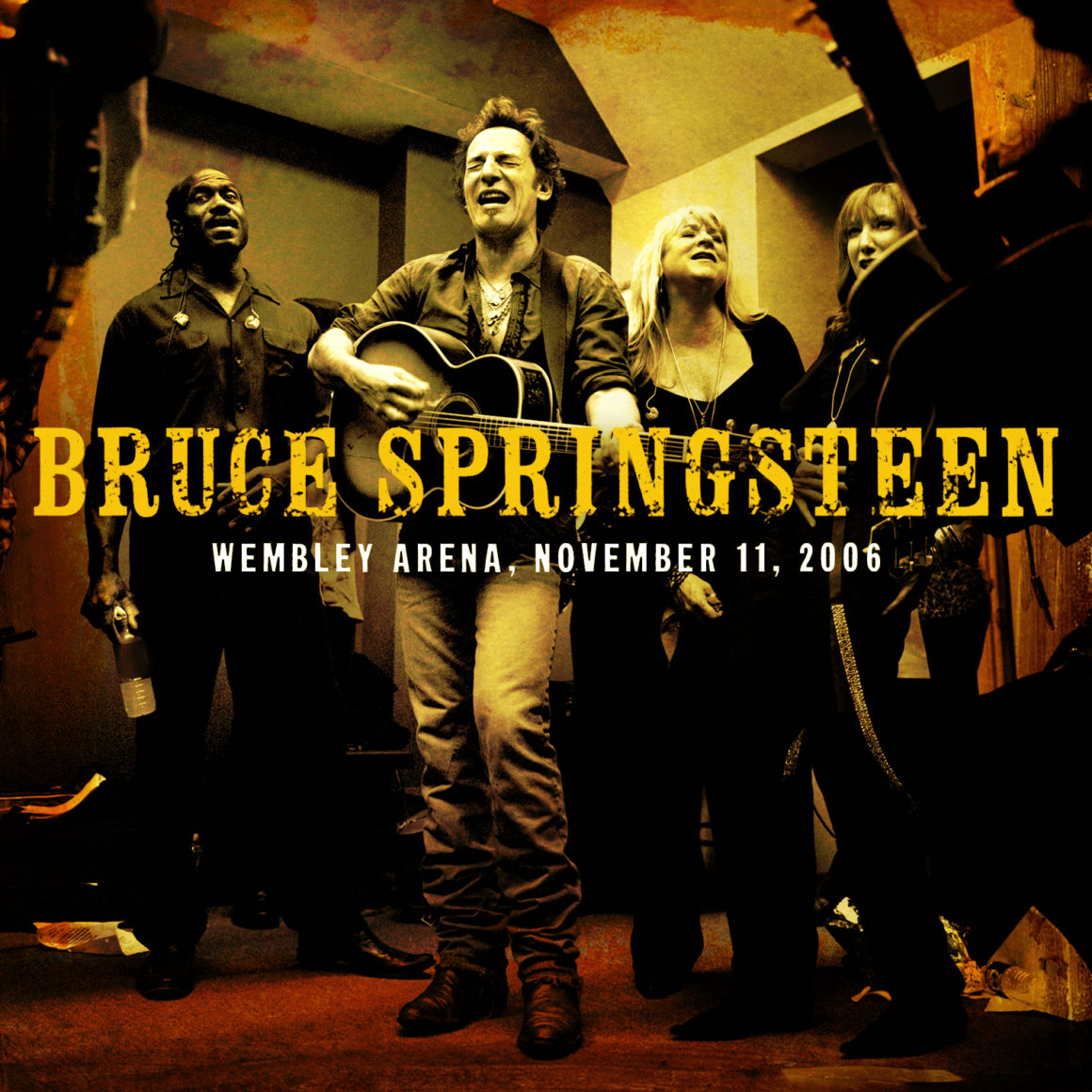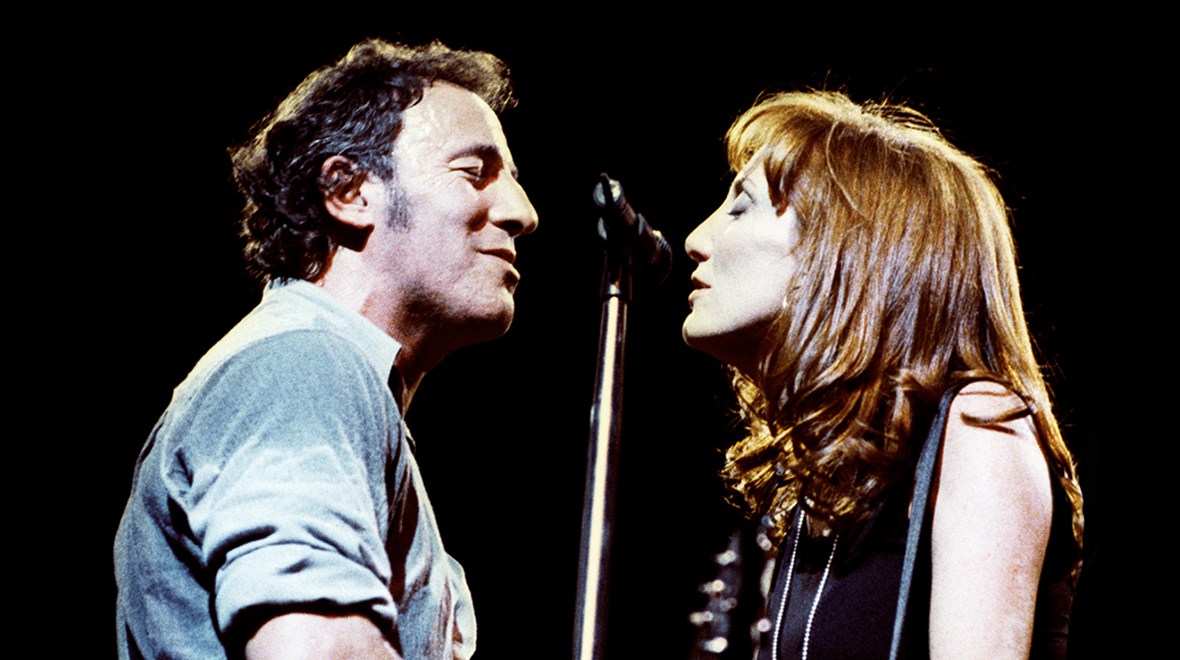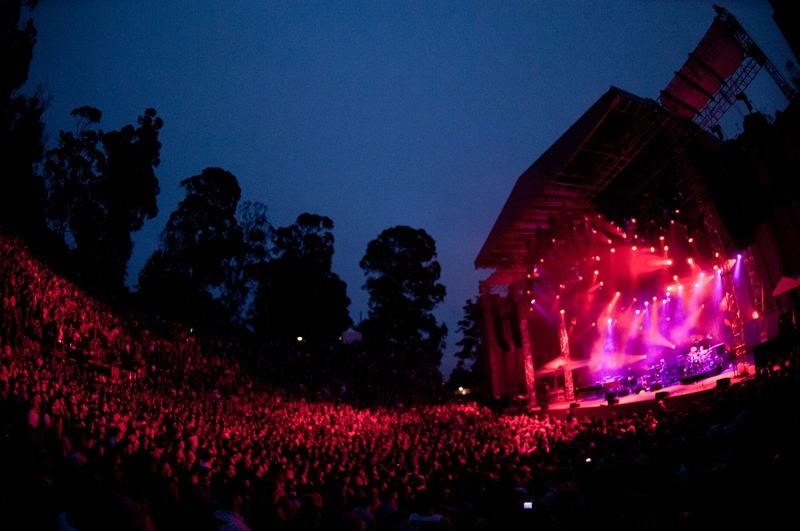
Bruce Springsteen and the E Street Band
LISTEN NOW: Fenway Park, Boston, MA, August 15, 2012
By Erik Flannigan
The bigger the venue, the more vibe matters. That’s not to say stadium shows in the US and especially Europe aren’t filled with longtime fans hanging on every note. They always represent, holding up signs and requesting songs. But stadium concerts are inherently more inclusive, pulling in the one-show-per-tour types, their friends, and folks who just want a fun night out at the biggest event in town.
An audience composed of those who own Tracks and those who perhaps only own Greatest Hits can spur discord. How do you construct a show that delivers the friendly and familiar while still managing to delight those who know just how many times a particular song has been played on the tour?
Boston 8/15/12 stands as a model of how to satisfy both camps and then some. On a warm (and later wet) night at Fenway Park in Boston, Bruce throws a summer party where all are welcome and those with whom he and the band have a long-term relationship are recognized and rewarded.
Apropos of the venue, the show opens with a recording “Take Me Out to the Ballgame,” sending the cue that this is a participatory event. Roy Bittan and Bruce then surprise the Fenway faithful with another prelude: the stripped-down, piano arrangement of “Thunder Road” that opened shows in 1975.
It is fascinating to hear this version of “Thunder Road” (familiar to many as the first song on Live/1975-85) performed 37 years later by the same musicians—reinterpreting yet again their Born to Run tour reinterpretation of the original. In 2012, Bruce’s voice has a distinctly mature timbre, and his cadence and lyrical emphasis have shifted. Roy’s piano playing is less Broadway, still carrying the melody but in a slightly abstract expression. “Thunder Road ’75” is the first of three direct nods Bruce makes at Fenway to the way particular songs were performed in the ’70s.
Out of that sublime opening, Bruce declares, “Let’s start with the summertime hits!” The party has begun. In quick succession, we get “Hungry Heart,” “Sherry Darling,” a cover of Eddie Cochran’s “Summertime Blues,” and a request granted for Bruce’s own “Girls in Their Summer Clothes.” Springsteen’s controlled and precise singing on the Beach Boys-flavored “Summer Clothes” is impressive, especially given he had only performed it once before on the tour.
Boston 8/15/12 also does right by Springsteen’s then-current album, Wrecking Ball, hitting “We Take Care of Our Own,” “Death to My Hometown” and the title track in the first half of the set, plus “Shackled and Drawn” a couple of hours in. Along with “My City of Ruins,” the five songs form the spiritual backbone of the Wrecking Ball set and showcase the rich, rootsy sound of the expanded E Street Band.
Tracks-owning, sign-holding fans certainly got their money’s worth in an extraordinary five-song sequence that kicks off with a request for “Knock on Wood.” “If we don’t know this one we should be castigated,” says Bruce, who can be forgiven for not recalling that the band played “Knock on Wood” once before. At a 1976 show at the Ellis Auditorium in Memphis, Bruce invited “Knock on Wood” writer and singer Eddie Floyd to perform the tune with the E Street Band.
Some 36 years later, mental memories have faded but muscle memory remains, and the band performs “Knock on Wood” with aplomb. Max Weinberg is on point, Stevie Van Zandt channels Steve Cropper, and Bruce has big fun with his vocals. As for the horns, as Springsteen himself says, “Any self-respecting horn section should be able to pull this off.”
Next up, “for our old, old, old, old, old fans,” a marvelous, horn-led “Does This Bus Stop at 82nd Street?” The sprightly rendition features Bruce calling out the arrangement to the band. There’s even time for a percussion solo from Everett Bradley.
“We’re gonna go further back now,” Springsteen proclaims. “Back in the day we were opening up for a lot of unusual bands. We opened up for Anne Murray…Black Oak Arkansas…Brownsville Station…Sha Na Na…The Eagles…Chicago. Nobody knew who you were…You had to catch people’s ears, so we came up with these very convoluted songs that had a lot of moving parts. This was our first showstopper.”
That early-’70s showstopper, before “Rosalita” began serving the purpose, is the rollicking “Thundercrack.” Its thrilling twists and turns work as well to attract those unfamiliar in a stadium as they did in the clubs back in the day. Bruce gives props to his history in Beantown at the start of the song, saying that, unlike some other cities, “This is Boston, you guys are gonna know this one.” Following ten minutes of “Thundercrack,” Bruce honors another request many of us would co-sign with the second performance of “Frankie” on the tour and only the fourth of the modern era.
“Frankie” dates from the period between Born to Run and Darkness on the Edge of Town, having debuted on stage in early 1976; the song was then recorded, but ultimately not used, for both Darkness and Born in the U.S.A. The lilting, romantic mini-epic was finally released on Tracks and returned to the set for one-off appearances in 1999 and 2003 (at Fenway, in fact) that didn’t quite land.
The Boston performance of “Frankie” is enchanting, rearranged from the ’76 edition to include the horns and feature a new guitar solo in place of Clarence’s original sax break. Like “Thundercrack,” the sweet, hooky “Frankie” has the power to enchant newcomers and satisfy those who have longed to hear it played live.
If “Frankie” wasn’t enough, what came next was the coup de grace. There was a time when it seemed unimaginable Springsteen would play songs he hadn’t performed since the ’70s or early ‘80s. I followed the Tunnel of Love tour for two dozen dates in 1988, a stretch when the setlist remained unusually static and single additions to the show were regarded as momentous.
I’m trying to imagine this conversation taking place in 1988:
Prophetic Person: “In the future, there will be a show in Boston where Springsteen plays these five songs in a row: a cover of “Knock on Wood,” “Does This Bus Stop at 82nd Street?,” “Thundercrack,” and “Frankie.”
Me: “What? Are you insane? There is no WAY that will ever happen. And I thought you said five songs.”
Prophetic Person: “The fifth is “Prove It All Night” with the 1978 intro.
Me: “SHUT THE FRONT DOOR!”
Springsteen playing songs he hasn’t done in decades is one thing; resurrecting arrangements from a specific tour is quite another. Yet thanks to some superfan in Spain who held up a sign at the Barcelona show in May, Bruce revisited the Darkness tour’s long and legendary piano-guitar intro to “Prove It All Night.”
The Boston show marks the first time the intro has been played in the US since a still-unexplained, two-show resurrection in Los Angeles in 1980. While not as fully developed as the original, the spirit of “Prove It All Night ‘78” remains intact, as brooding piano and searing guitar build to a crescendo to start the song. Coupled with “Thunder Road ‘75,” Boston 8/15/12 is the next best thing to a time machine.
A ’78 double-shot ensues with a bold “Darkness on the Edge of Town,” then a moment of fun. At the start of “Working on the Highway” we hear an extended section of acoustic guitar strumming. What the Archive audio doesn’t capture at that moment is Bruce chugging a beer and snarfing a hot dog, both of which he’d been jonesing for all night.
Before the main set ends, we get another echo of famous song arrangements of the past. Of course it is too much to call it “Backstreets ’78”; Bruce does not revisit the “Sad Eyes” interlude from the Darkness tour. But by incorporating lines from Suicide’s “Dream Baby Dream,“ a cover that served as the striking show-closer for much of 2005’s Devils & Dust tour, he does take the middle break of “Backstreets” to a place reminiscent of that same stream-of-consciousness “Sad Eyes” feeling in an epic 10-minute reading.
The Fenway 2 encore opens with a brief, acoustic “Who’ll Stop the Rain,” acknowledging the drops that began falling mid-show, and slips neatly into “Rocky Ground,” the opening chords for which have never sounded more like “One Step Up.” Singer Michelle Moore crushes her vocals, as she did every night “Rocky Ground” was played.
After “Born to Run,” an abridged “Detroit Medley” yields to “Dancing in the Dark” before the tour premiere of “Quarter to Three.” The Gary U.S. Bonds classic is another sign request that Bruce quickly teaches to the backing singers, aided by the audience singing “Doh, doh” before the band has even begun. It’s yet another tip of the cap to the classic era, as “Quarter to Three” has only been played six times since the band reunited, and this might be the best of them.
As history dictates, Bruce shouts, “I’m just a prisoner of rock ‘n’ roll” to end the song, before shifting into “Tenth Avenue Freeze-out.” But there’s still time for one more. The Dropkick Murphys’ Ken Casey joins Bruce at the mic, trading vocals on “American Land” to close a Grand Slam night when Bruce gave the party people and the diehards everything they could have dreamed of.
